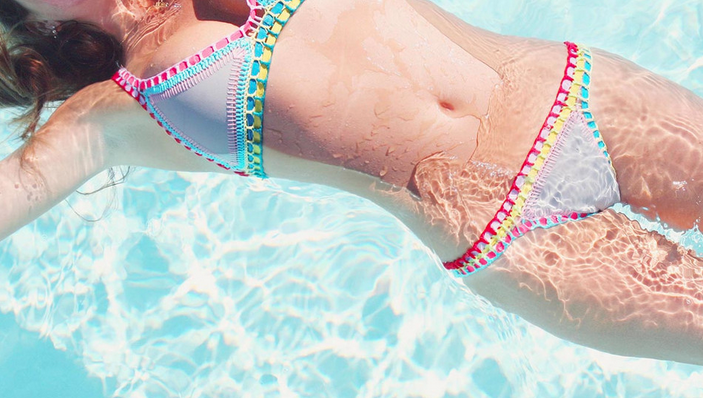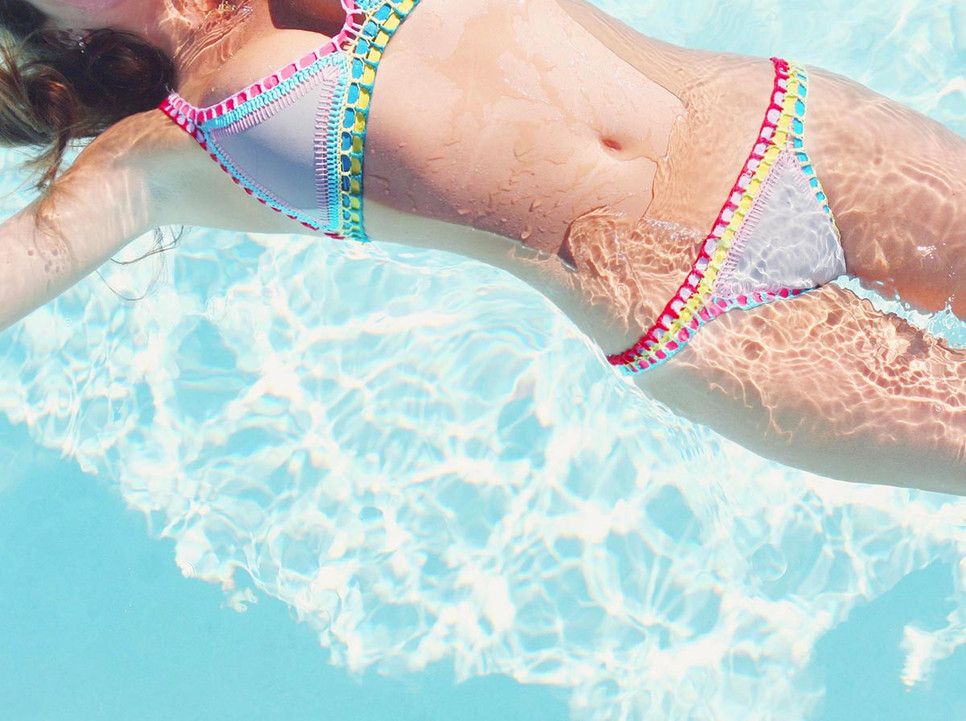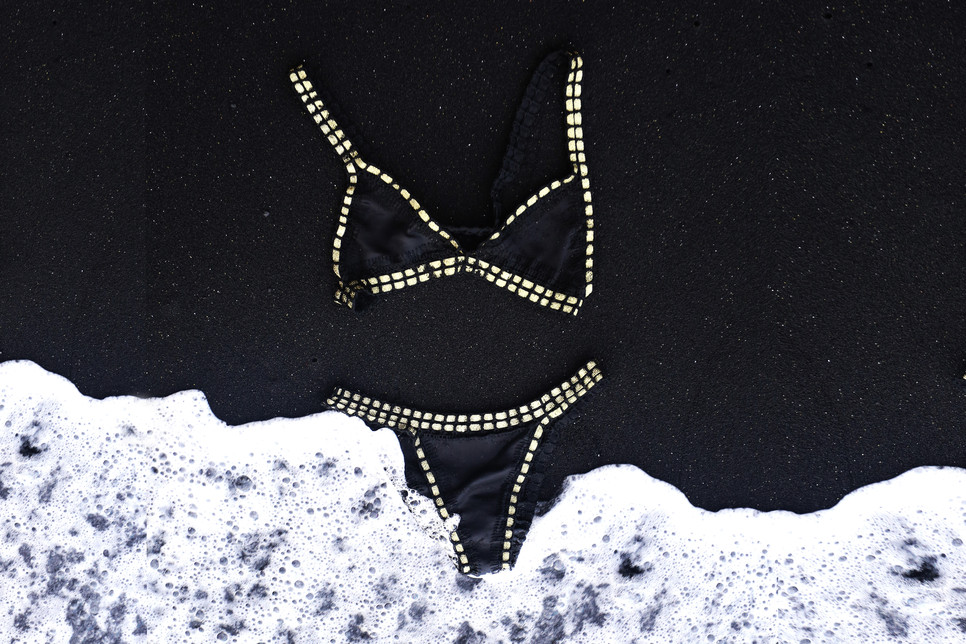In a word, the Spring 2019 Paris collections were reflective; serving no shortage of food for thought to the table. Whereas last season shouted for a call to action, proactively taking charge in empowering those with unheard voices (e.g the applauded Undercover collection which featured politically engaged high school teens), this season took a more reactive stance in light of current events. Designers responded to today’s political challenges in an, albeit quieter, more intense approach. Notably, Rick Owens erected a lit pyre in the centre of the Palais de Tokyo where condemned witches were burned at the stake; an (in)direct MeToo collection featuring torch-bearing models who wore deconstructed denims and apocalyptic silk fringed mini skirts. The stripes of a charred American flag were also featured on various tops and a floor length billowing gown.Rei Kawakubo also unveiled a deeply emotional presentation at Comme Des Garçons which spoke to the “beneath the surface” psychological challenges females face; whether those be doubts of not being good/pretty/smart enough, pressures of a ticking clock, limitations of anatomy, compromising being a boss (at the risk of sounding too “bossy”), the choice of career versus carer.
This was translated through the raw padded bellies poking out from sliced open, glistening black suits- a reference to Kawakubo birthing not children, but instead a multi-million dollar empire. Chains also constricted the body underneath logo-printed second skin dresses. The chains continued to dangle from limp sleeves and past the hem, dragging onto snow white sneakers. Did she escape from her prison? Or are the chains the metaphorical constrictions a woman must deal with? While reflecting on her own journey, the collection resonated with many women whose hidden, heavy shackles are now seeing the light.Another example of a collection stepping back hitting a reflective tone was Christian Dior. Opposed to last season which was inspired by the student protests of 1968, this season Maria Grazia Chiuri focused on the art of ballet. The collection was painted by a whisper of muted colour - nudes, blush, dusty rose- and was poetic simplicity. Focus was placed on the quiet beauty of the human body and its natural curves. The uncomplicated aesthetic allows the wearer to place attention on herself and bask in a moment of tranquility. In a world of too much noise - is it not refreshing to simplify?
The hushed tones of the pieces however failed to leave a major impact due to the theatrical presentation which was accompanied by a conceptual dance piece, choreographed by Sharon Eyal. Eyal and the eight dancers delighted, but similar to the previous Dior Resort collection featuring horse riding escaramuzas, the theatrics of the fashion show outshone the clothing. It was almost that the models were getting in the way of the performance.The theatrics at Balenciaga also risked eclipsing the collection. The show blew all experience marketing endeavours to shreds as 2000 square meters of video screens aligned a digital tunnel. Here models walked on projections of psychedelic colour constellations. Fluid, neon hypnotic shapes melted into one another through a collaboration with Montreal-based artist Jon Rafman. The gargantuan show provided the setting for an equally gargantuan collection. Creative Director Demna Gsvalia, who is credited for logo mania hype and sock shoes proved his expertise in draping and innovative tailoring which would even make the maison’s founder proud. Gsvalia aspires to bring back structured elegance to the street through “neo-tailoring”. Through his technique, suits are ripened with oversized shoulders. 80s revival? NO! Here, is a fresh futuristic silhouette launched for the future.
Other fashion titans also continued to up the ante when it comes to show production. Chanel took us to the beach (well a beach was transported within the Grand Palais; sand, waves and all), Saint Laurent presenting on top a shallow water-covered runway under the lights of the Eiffel Tower, and Gucci opting out of Milan to show in Paris at the legendary nightclub Le Palace. Even with a spectacular location and the legendary Jane Birkin singing “Baby alone in Babylon”, the dazzling bells and whistles didn’t distract from the question of haven’t we seen all of this magpie geek chic glory before? Alessandro Michele is a visionary and since 2015 has successfully revived Gucci as one of the world’s leading fashion brands - it will be exciting to see him continue to push his boundaries further.However, maybe contemporary design is about developing a singular language and relentlessly sticking to those codes.
Through thick and thin - through Dior Homme, Saint Laurent and now… Celine (Céline).Of course I am referring to the polarising Hedi Slimane, who continues to be the talk of the town, having launched his first collection as Creative Director for Celine. Slimane obliterated the once go-to brand for professional executive women, completely replacing it with his already tried and tested designs of black suits and micro-mini skirts, popularised in the early 2000s. It is unfortunate (?) presenting in the shadow of the Kavanaugh hearings but the full removal of previous creative director Phoebe Philo’s established working-woman codes reads troublesome. Not to mention these codes are now substituted by dazed youth, debauchery, drugs, sex, and rock and roll ect…Knots in our stomachs were also felt at Thom Browne who, although celebrated in blending the beautiful and the terrifying, sent models down the runway wearing Friday the 13th–style face masks, juxtaposing the couture-worthy gowns. It was not the masks which spooked. It was the fact that the models were gagged and bound - arms tightly strapped onto the torso and would thus be unable to brace a fall in sky-high heels. With it being a beach inspired collection, models were surely intended to look as if they’ve been washed ashore in fisherman’s nets, however the perceived message here was tone deaf considering the current climate of silencing women.
Being one year on from Me Too, the question holds - How do women wish to be perceived? There is a place for sexiness (e.g Jacquemus), but generally speaking there is an overwhelming movement towards modest, unfussy, not silly, let’s get down to business clothes. Clothing with a discreet sense of power with no shame in being feminine - a woman’s power suit does not need to be a masculine cut, as demonstrated by Stella McCartney and at Clare Waight Keller’s Givenchy.Despite a strong wave of genderless dressing (e.g Maison Margiela and Louis Vuitton), women don’t need to adopt masculine qualities or dress like a man to break the glass ceiling or be heard. There is power in femininity. The breathtaking beauty of dramatic, voluminous gowns at Valentino. The hypnotic concoction of rich colour, texture and pattern at Dries Van Noten. The protective armour of chain mail laced with Chantilly lace at Paco Rabane.Upon reflection, one of the most apparent trends of the Paris collections was “dressing up” - a reaction to an overly saturated, often sloppy, streetwear aesthetic.
The new season demands sharp tailoring, putting on a tie, and couture-eque details where an effort to “clean up nicely” is respected. We are living in an ugly moment in history - where victims have somehow become villains; where evidence becomes inconvenient; where hard facts are cast away as simply subjective. It’s time for the people - like you and me- to suit up and be the adults in the room, in contrast to the worse than childish characteristics of many so called leaders. Chaotic times call for decency, order and a sense of precision… cue the laser-cut double-breasted Haider Ackermann jacket.
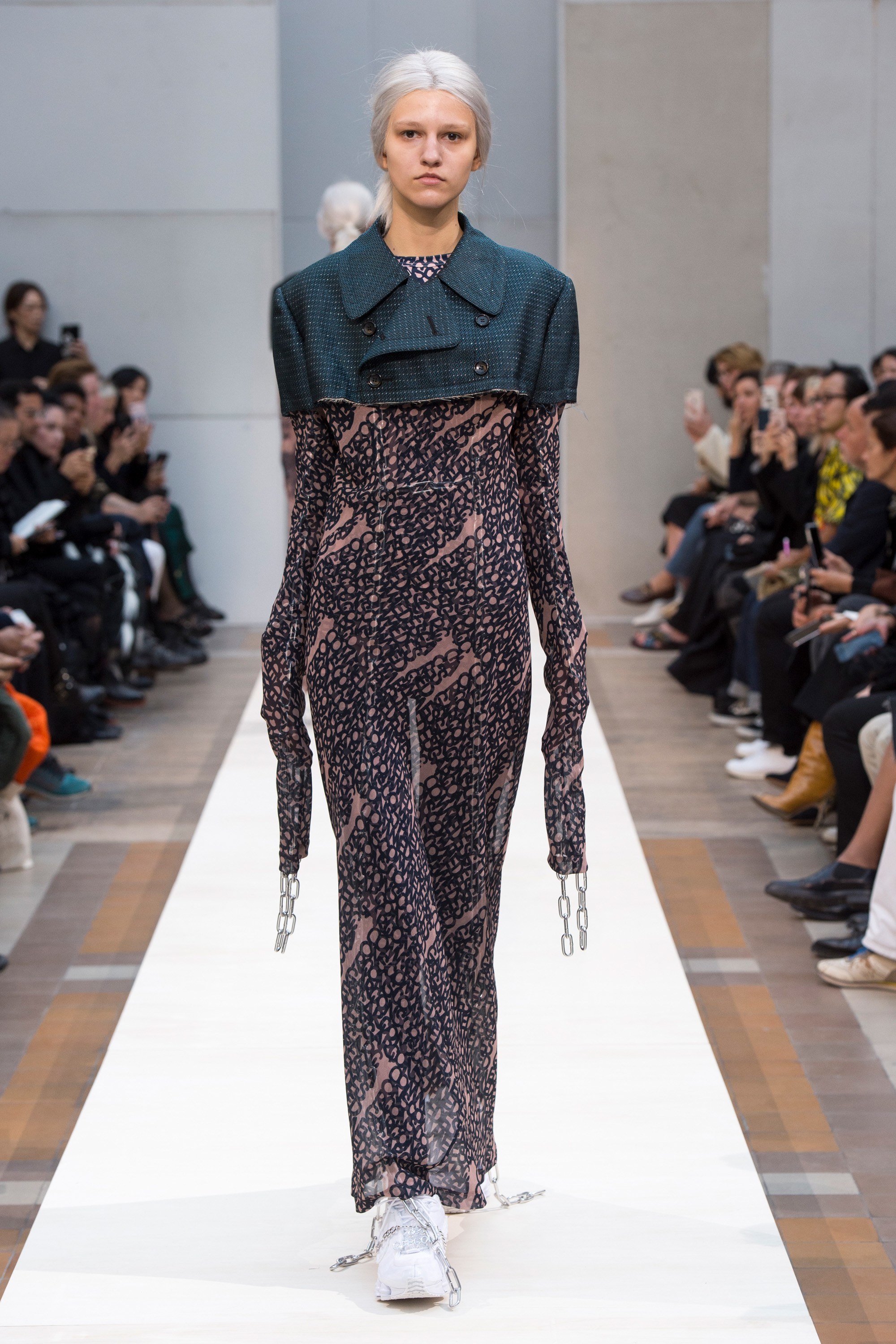
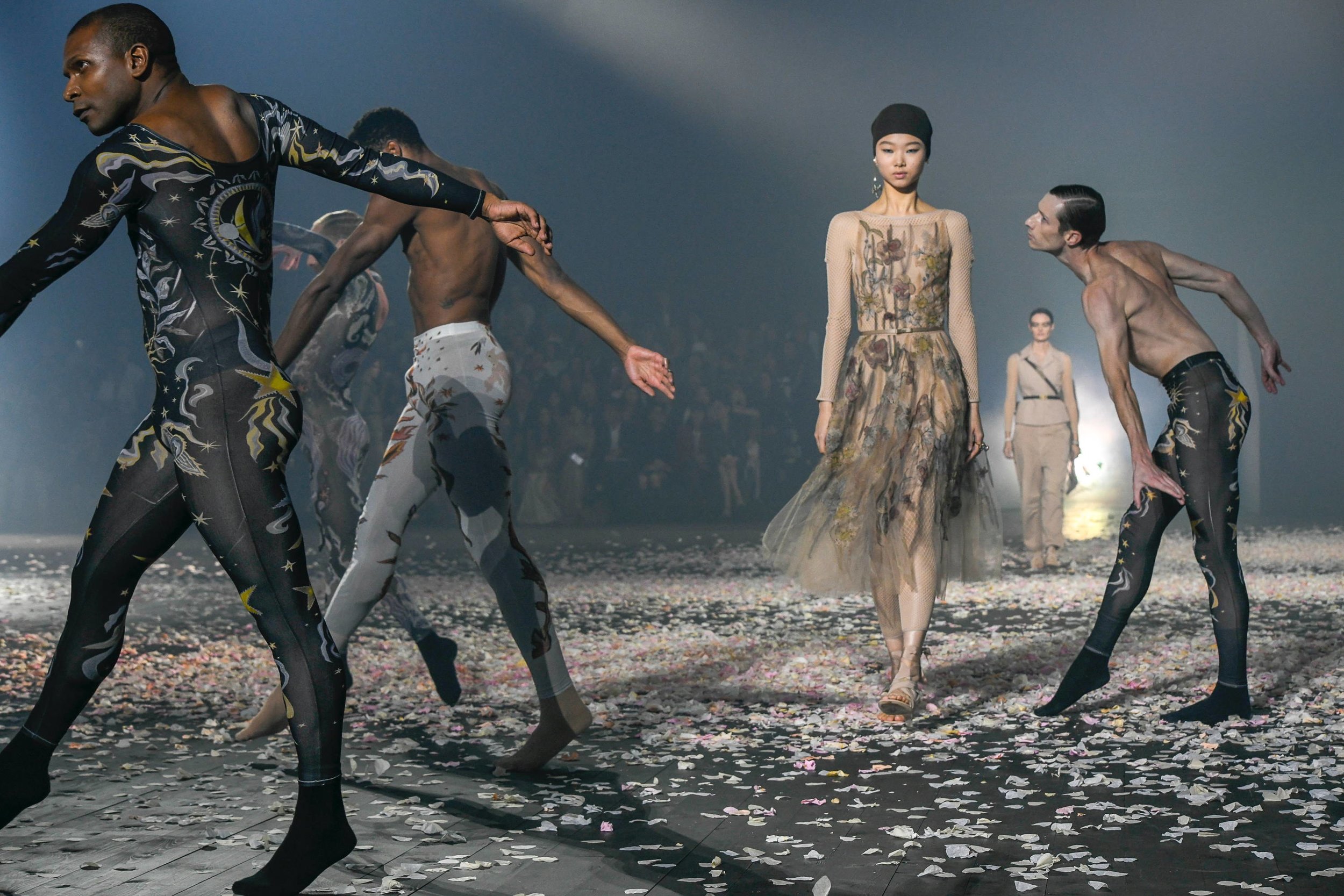
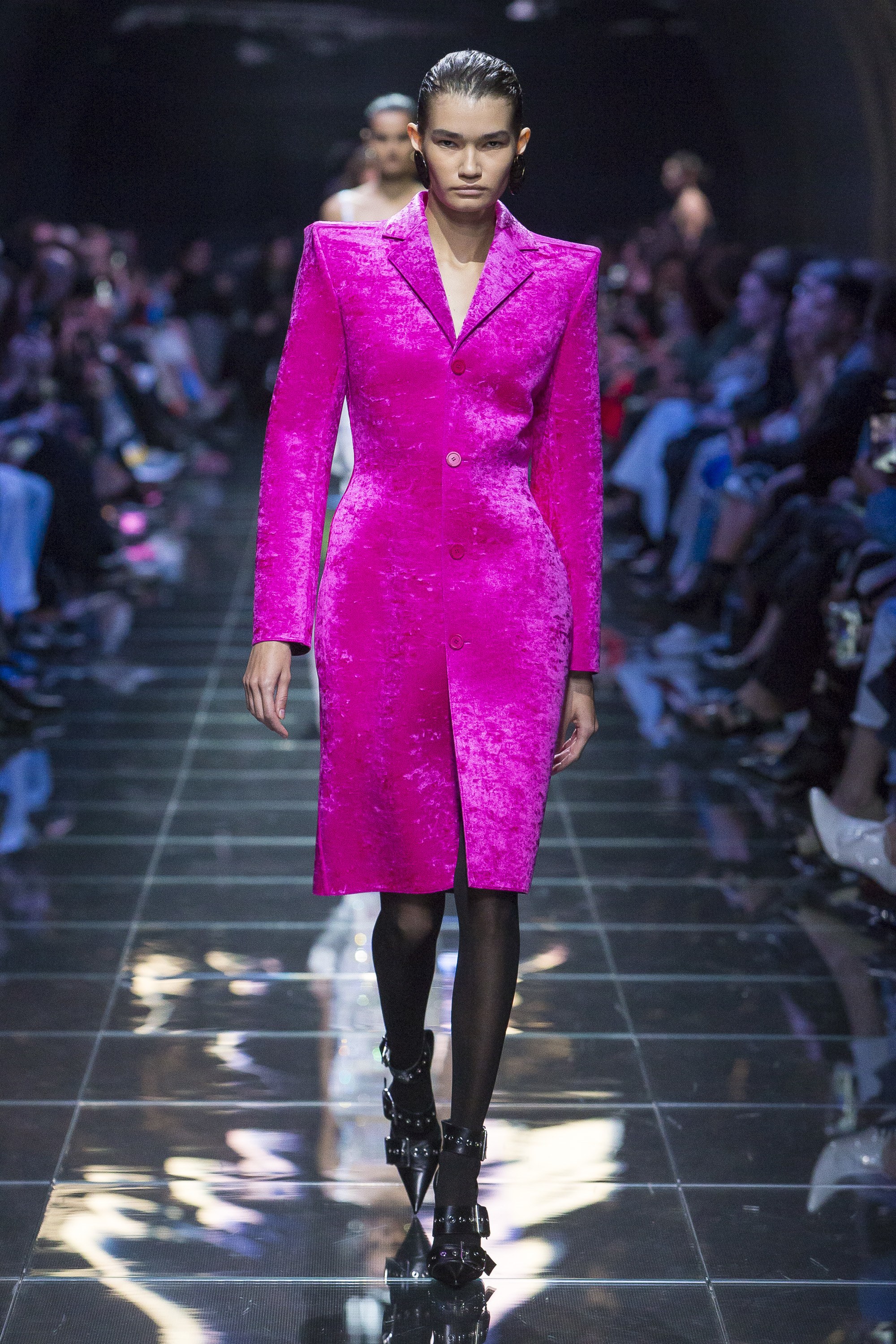
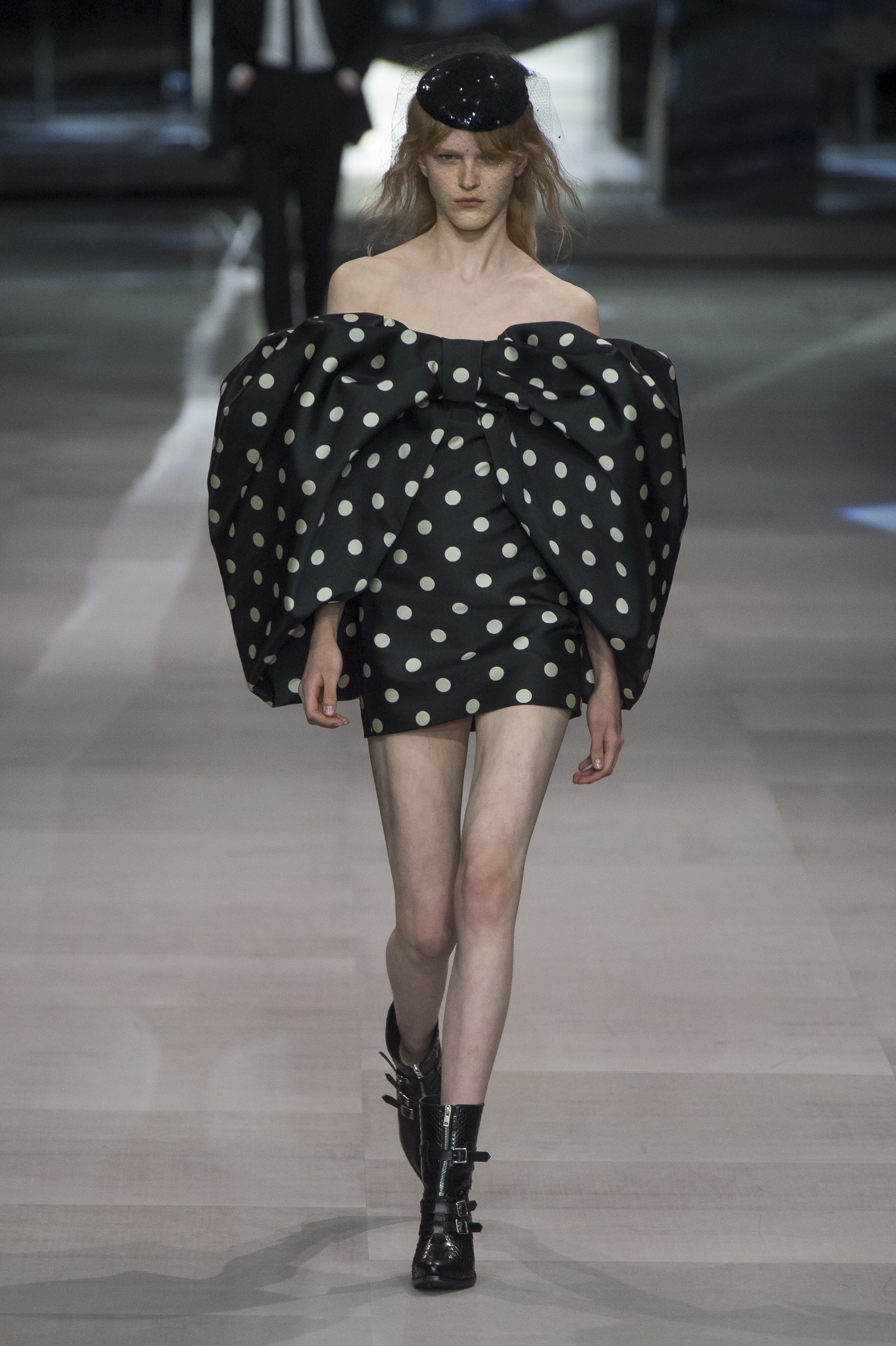

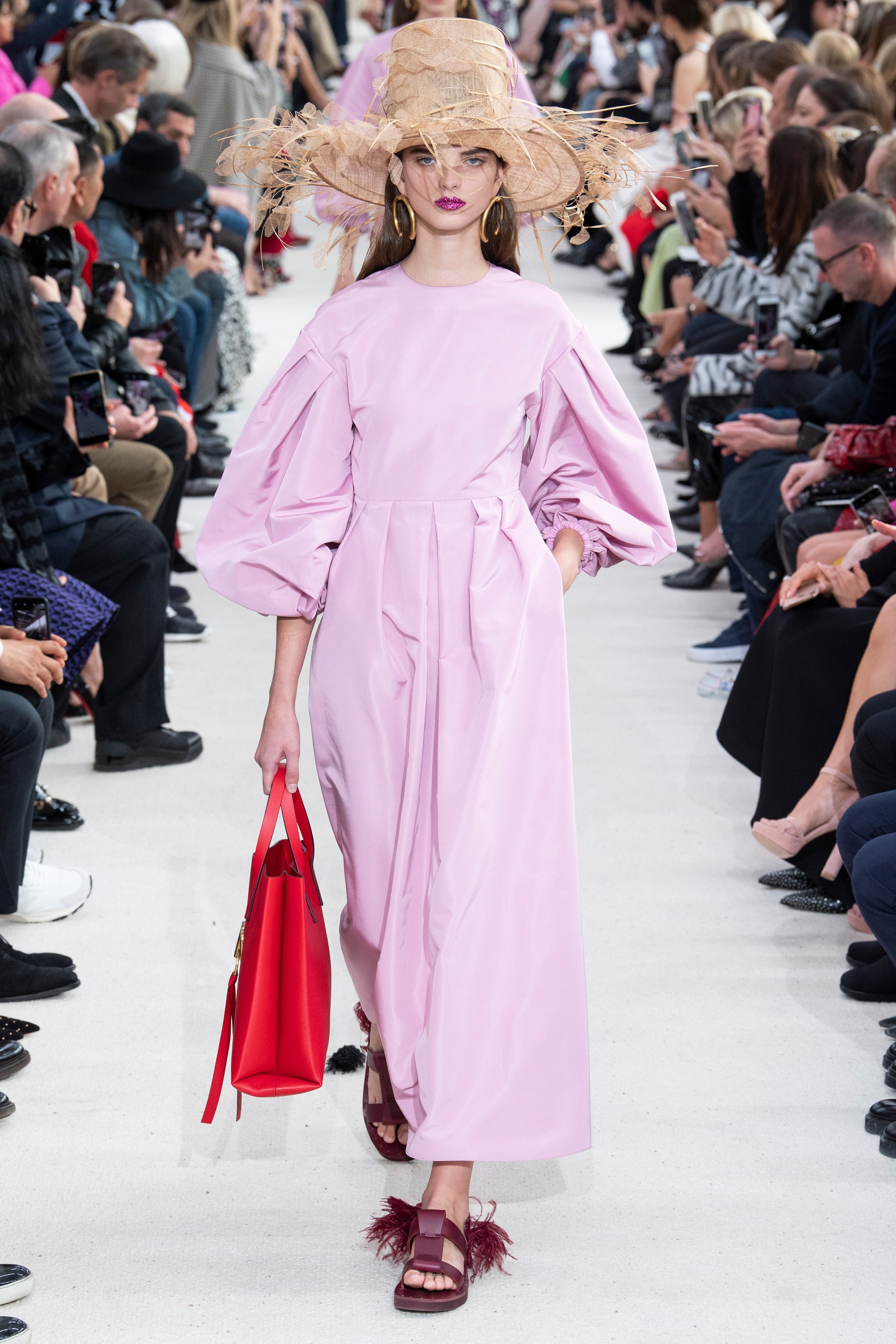
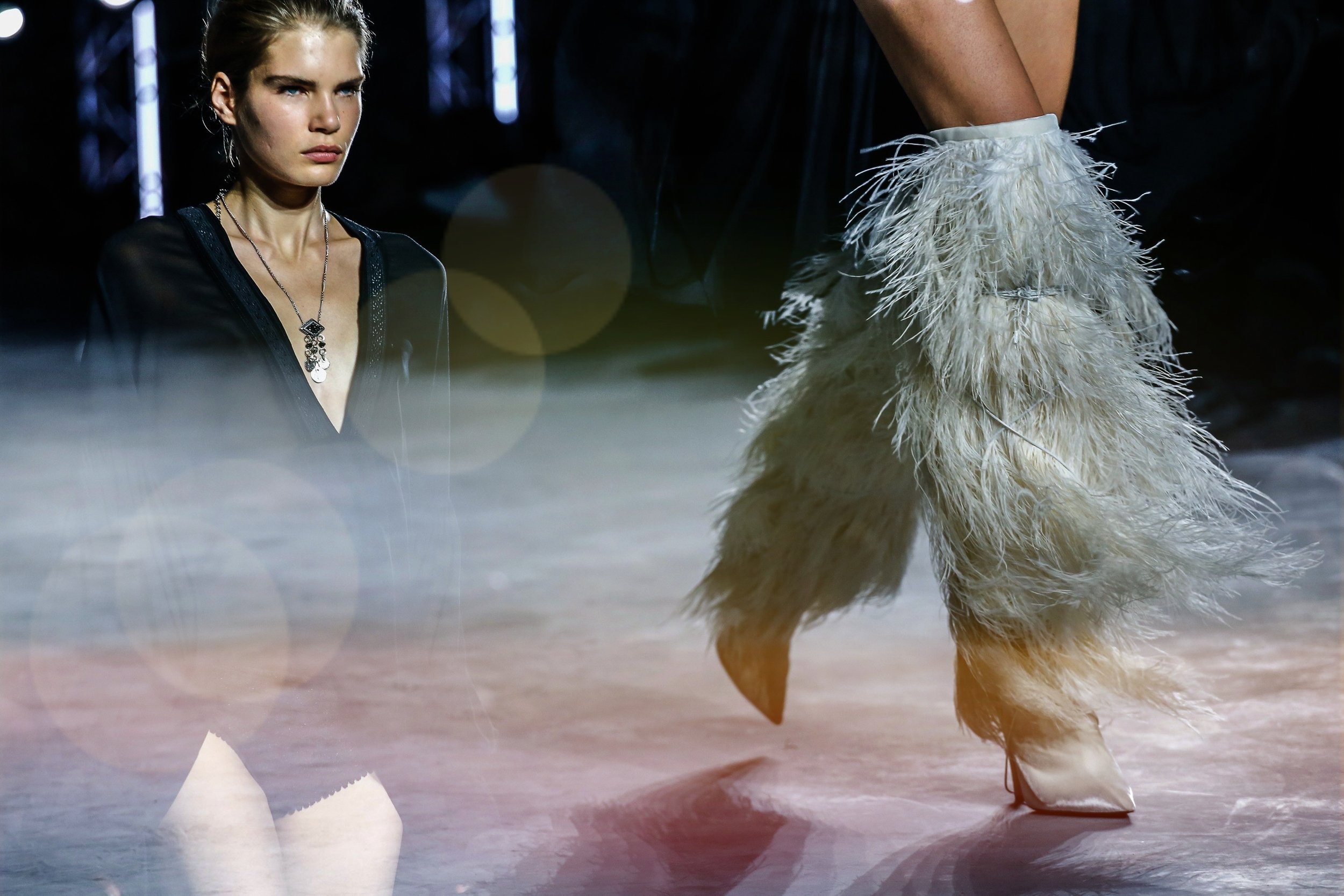
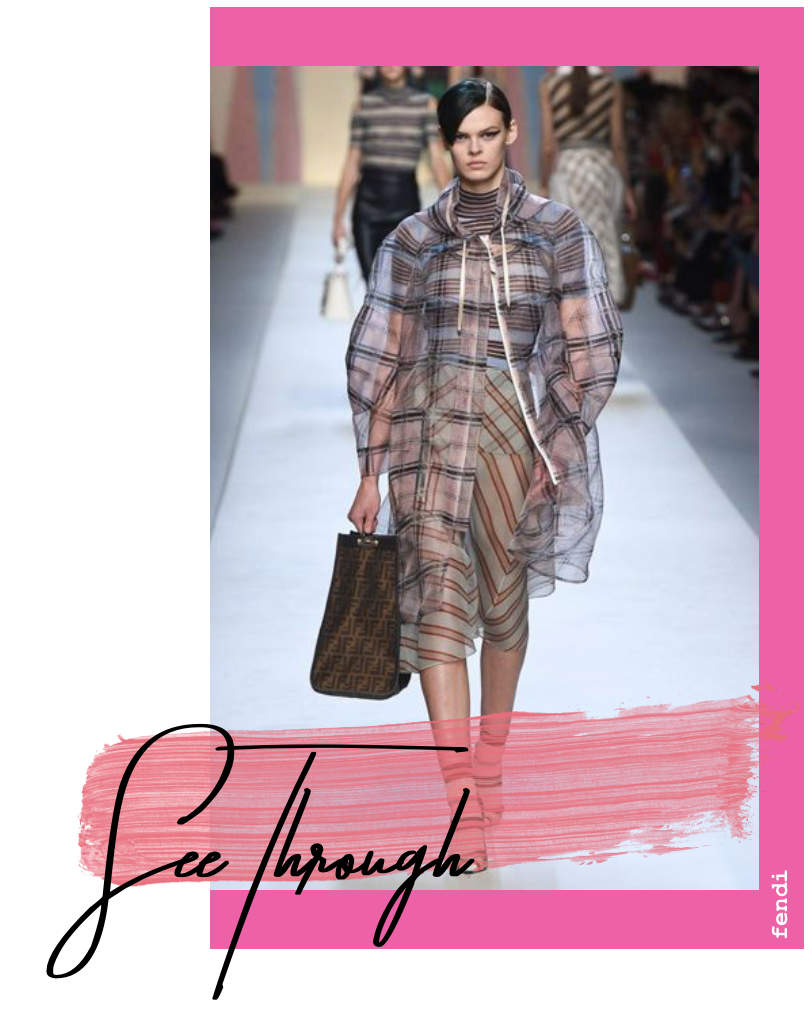
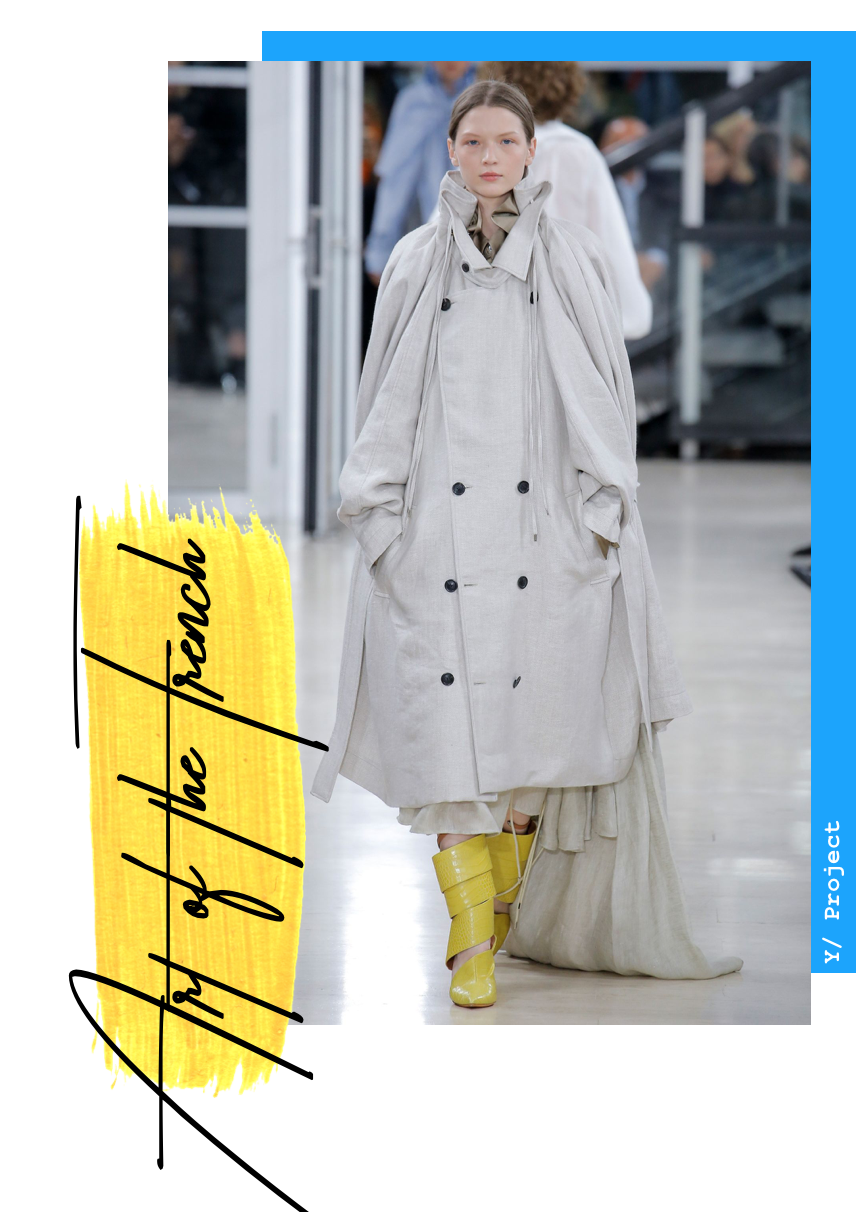 Most distinct on the runway was the unabashed return of glamour and overall pomp. Over the years we have seen a slow ascend towards maximalism, mostly thanks to Alessandro Michele’s cosmic transformation at
Most distinct on the runway was the unabashed return of glamour and overall pomp. Over the years we have seen a slow ascend towards maximalism, mostly thanks to Alessandro Michele’s cosmic transformation at 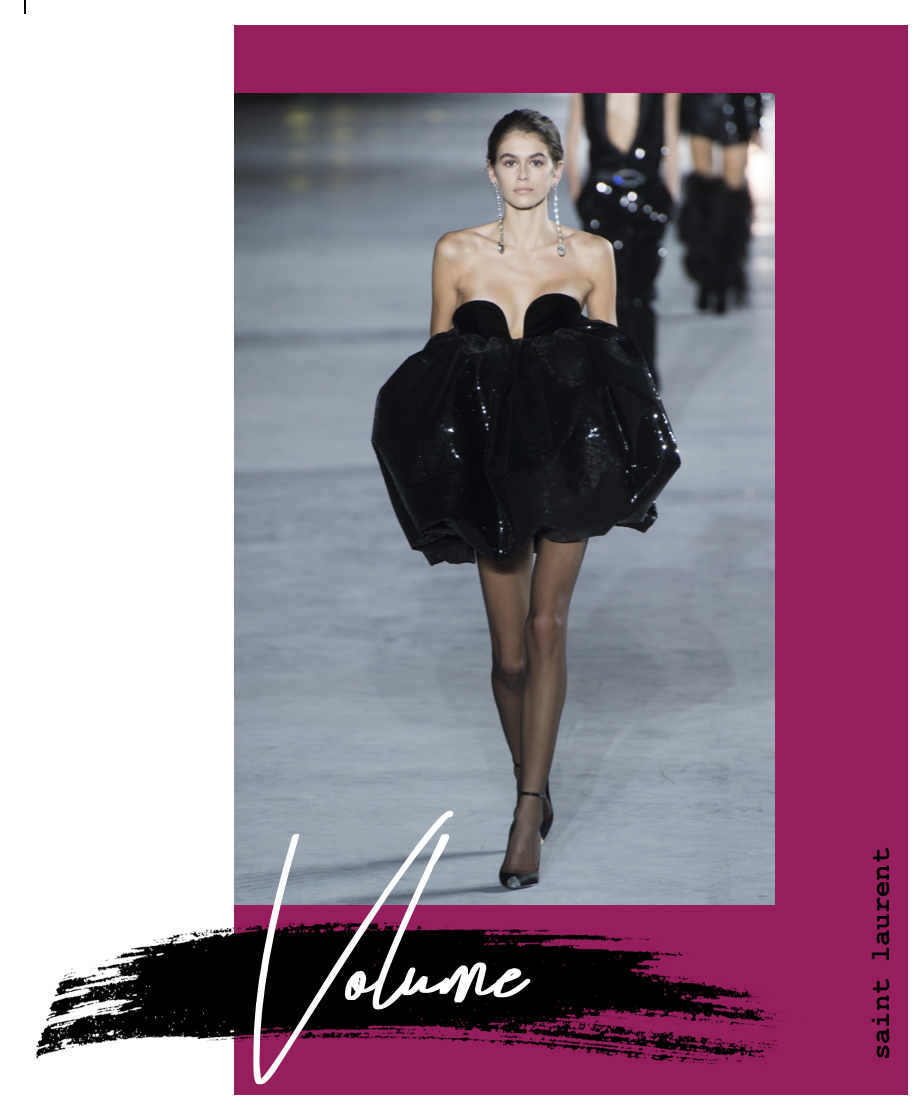
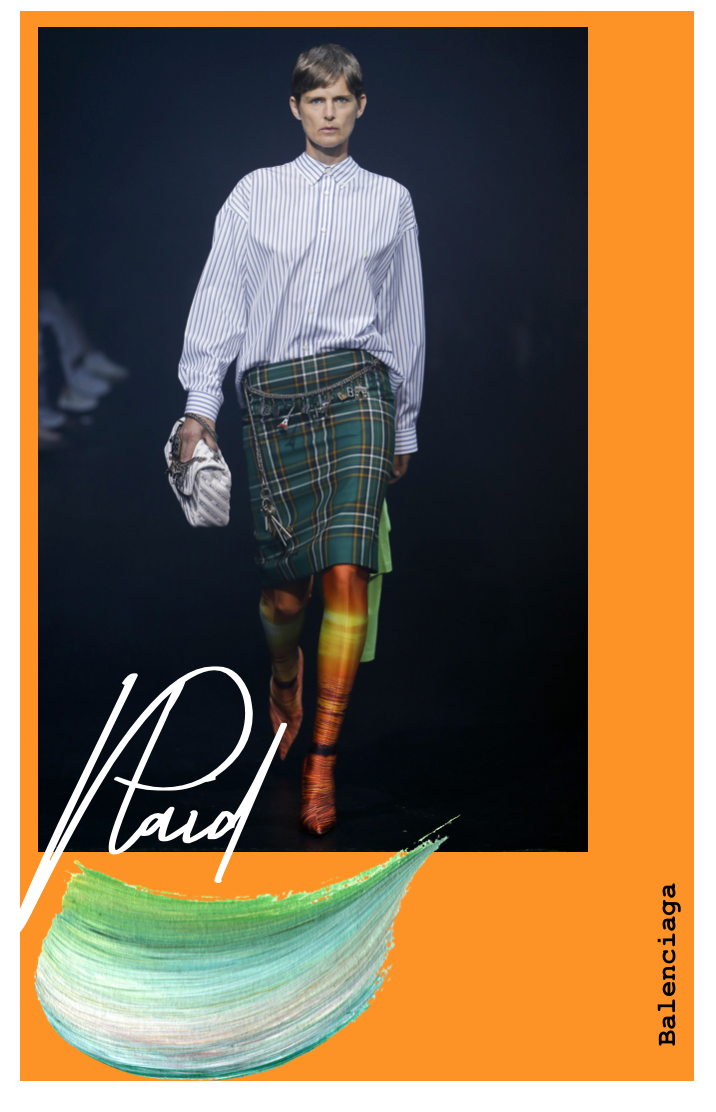 An additional antithesis to the passé aesthetic of “normcore” is the the return of the bold retro print. The favourites of the season were featured in the homage to Gianni Versace, where early 90s prints for jumpsuits, dresses, and coats were adapted for today. With the 80’s in full revival mode (partially thanks to TV shows such as Stranger Things), more brands are leaning on their heritage, celebrating their legacy by staging homage collections and resurrecting pieces and prints of yesteryear. Nostalgia?Building upon last season’s triumphant debut by Raf Simmons for Calvin Klein, who presented the It coat of 2017 in yolk yellow covered in plastic, PVC has risen to become the protagonist of the season. Most used for preservation and packaging, the synthetic material was wrapped generously around stilettos as seen at Off White or transformed into boater hats, gloves, boots, coats and more at Chanel, thus shielding the precious tweeds underneath from the unpredictable atmosphere.Speaking of protection, was the prominence of the trench coat. With news blasts coming at us 24/7 and where at times it seems were are all living in a reality TV show, there is a serious growing desire for security - no matter in what form. (Even last season various collections such as Cèline began to feature blankets in place of handbags!) It was the unique interpretation of the trench which made it so pleasing, most notably by John Galliano for Maison Margiela and at Balenciaga applying deconstruction and abstract layering respectively.
An additional antithesis to the passé aesthetic of “normcore” is the the return of the bold retro print. The favourites of the season were featured in the homage to Gianni Versace, where early 90s prints for jumpsuits, dresses, and coats were adapted for today. With the 80’s in full revival mode (partially thanks to TV shows such as Stranger Things), more brands are leaning on their heritage, celebrating their legacy by staging homage collections and resurrecting pieces and prints of yesteryear. Nostalgia?Building upon last season’s triumphant debut by Raf Simmons for Calvin Klein, who presented the It coat of 2017 in yolk yellow covered in plastic, PVC has risen to become the protagonist of the season. Most used for preservation and packaging, the synthetic material was wrapped generously around stilettos as seen at Off White or transformed into boater hats, gloves, boots, coats and more at Chanel, thus shielding the precious tweeds underneath from the unpredictable atmosphere.Speaking of protection, was the prominence of the trench coat. With news blasts coming at us 24/7 and where at times it seems were are all living in a reality TV show, there is a serious growing desire for security - no matter in what form. (Even last season various collections such as Cèline began to feature blankets in place of handbags!) It was the unique interpretation of the trench which made it so pleasing, most notably by John Galliano for Maison Margiela and at Balenciaga applying deconstruction and abstract layering respectively. 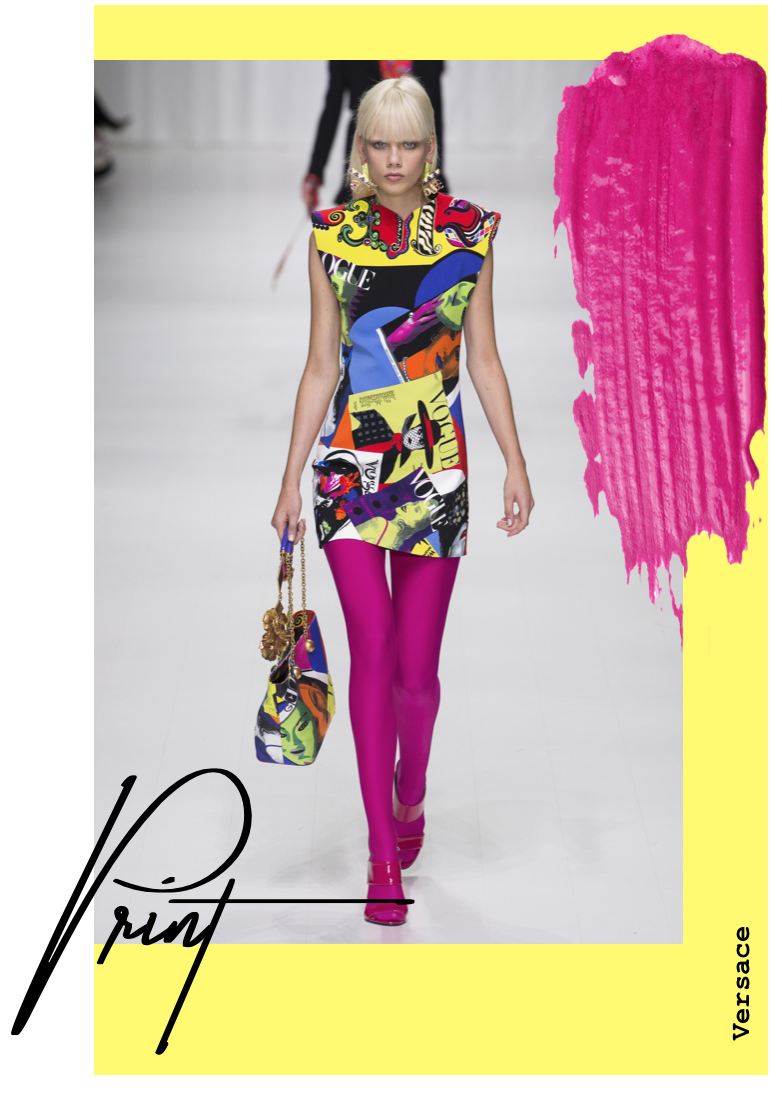 However in contrast, there was also some fantastic feminine touches including the rising trend of “see through” through lavish use of organza, which in particular played a leading role at Fendi. If you ask me, my guess is that see through is an extension to the rise in modest fashion. While the hems remain long, see through offers that whisper of sex appeal if desired.Other Spring Summer 2018 trends include the dominance of plaid (a reference to the UK exiting Europe?), denim on denim (the return of Twin Peaks and it’s classic Americana style?), and the bitter tinge of pastel tones (millennial pink and co. continuing its world domination?)Of course the true beauty of seasonal trends is that each of us interprets them in our own way. We have the freedom to unravel these curated codes and adapt them for our own needs and desires, so we can achieve our fullest potential. Trends are not a set of rules, they are fluctuating inspirations for us to communicate to the world loud and proud who we are and what we stand for.
However in contrast, there was also some fantastic feminine touches including the rising trend of “see through” through lavish use of organza, which in particular played a leading role at Fendi. If you ask me, my guess is that see through is an extension to the rise in modest fashion. While the hems remain long, see through offers that whisper of sex appeal if desired.Other Spring Summer 2018 trends include the dominance of plaid (a reference to the UK exiting Europe?), denim on denim (the return of Twin Peaks and it’s classic Americana style?), and the bitter tinge of pastel tones (millennial pink and co. continuing its world domination?)Of course the true beauty of seasonal trends is that each of us interprets them in our own way. We have the freedom to unravel these curated codes and adapt them for our own needs and desires, so we can achieve our fullest potential. Trends are not a set of rules, they are fluctuating inspirations for us to communicate to the world loud and proud who we are and what we stand for.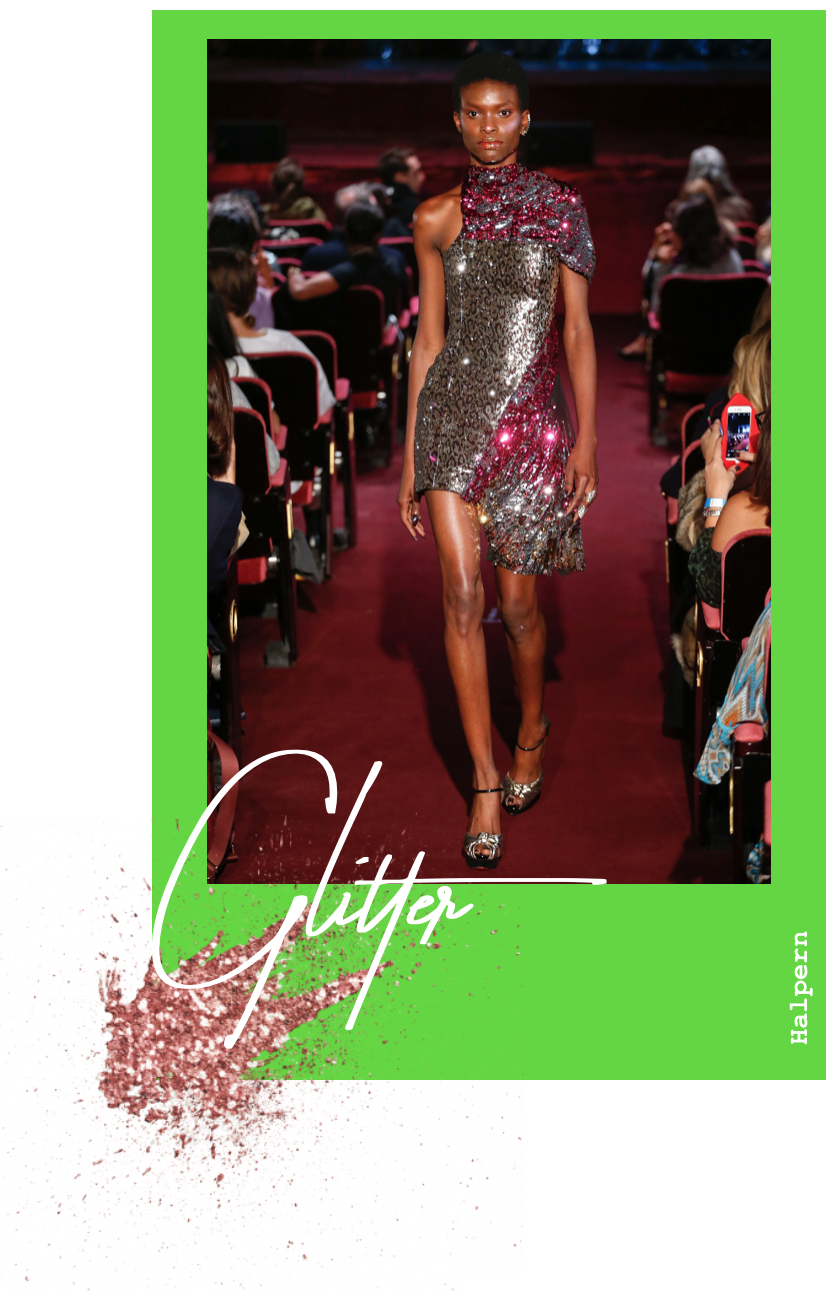
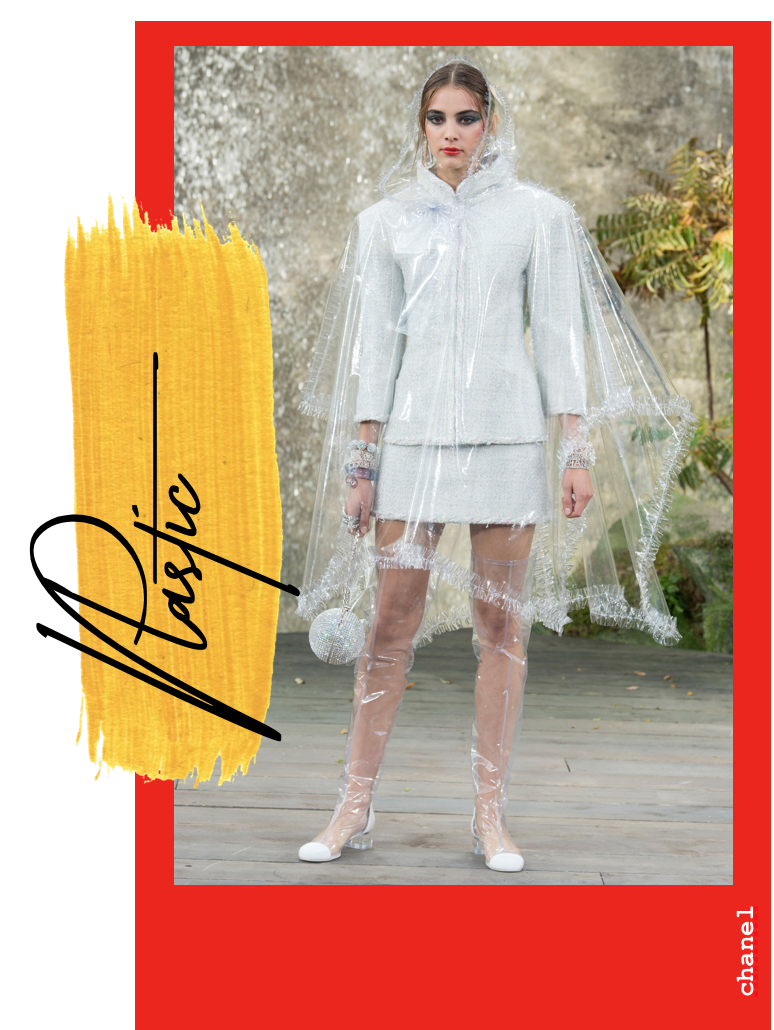
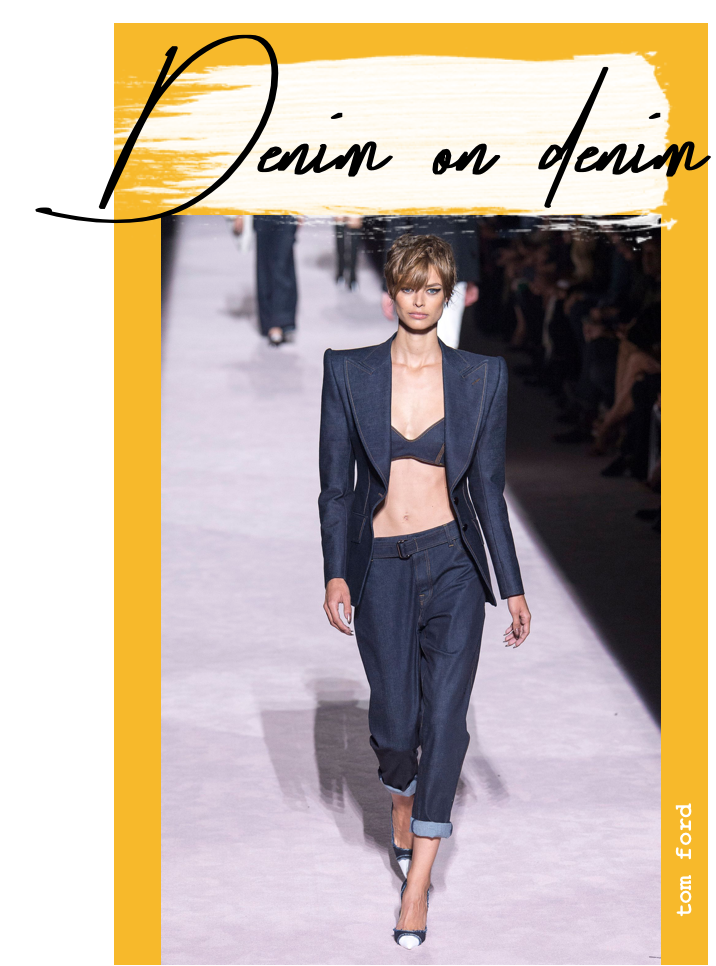
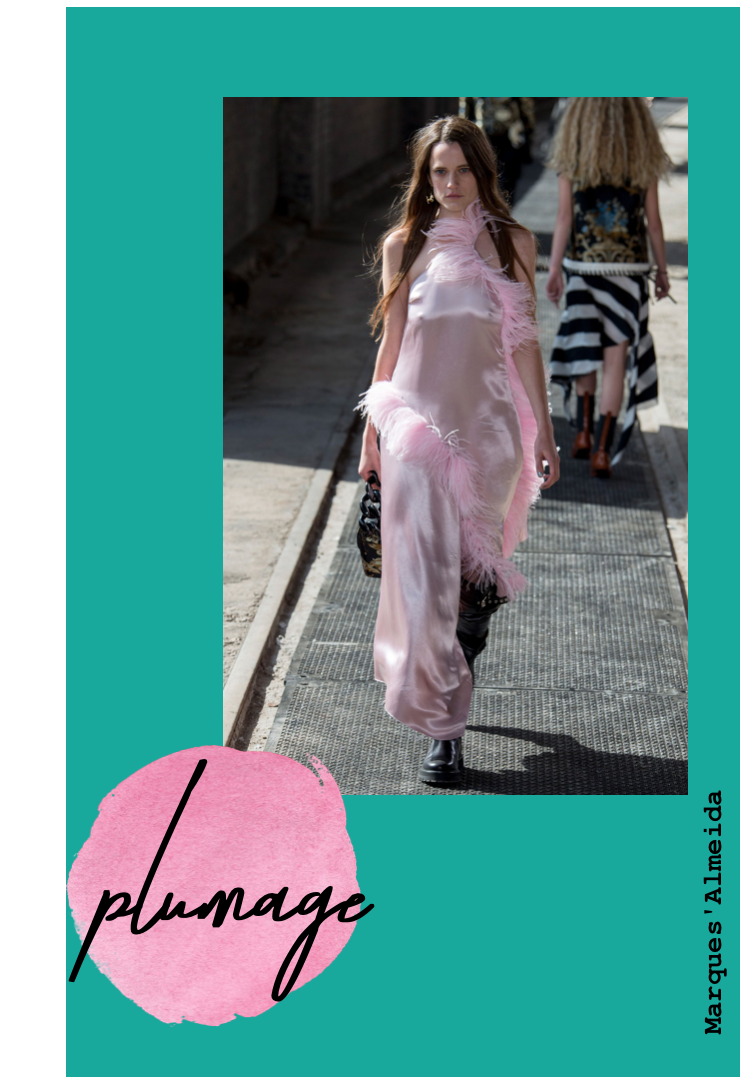

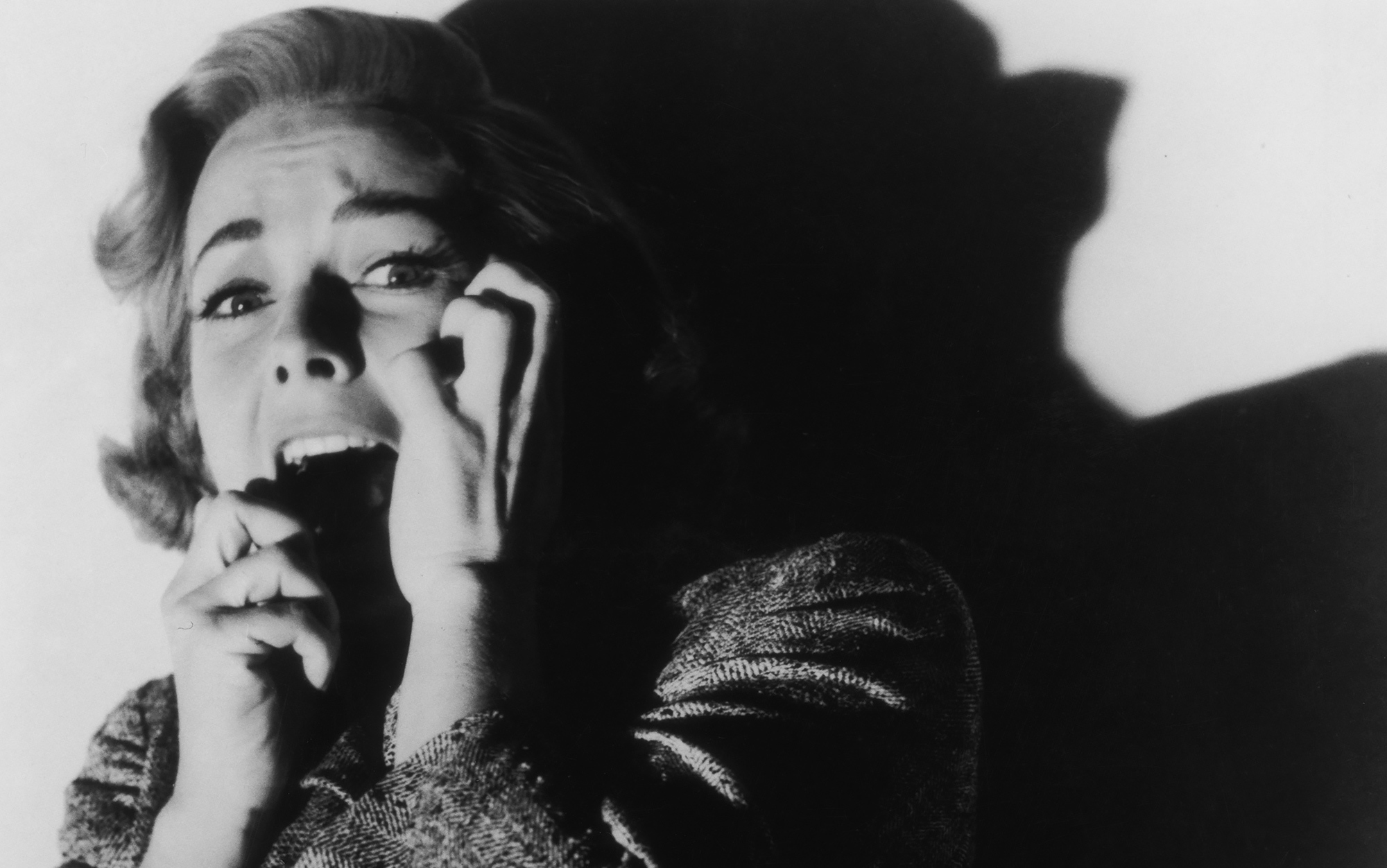
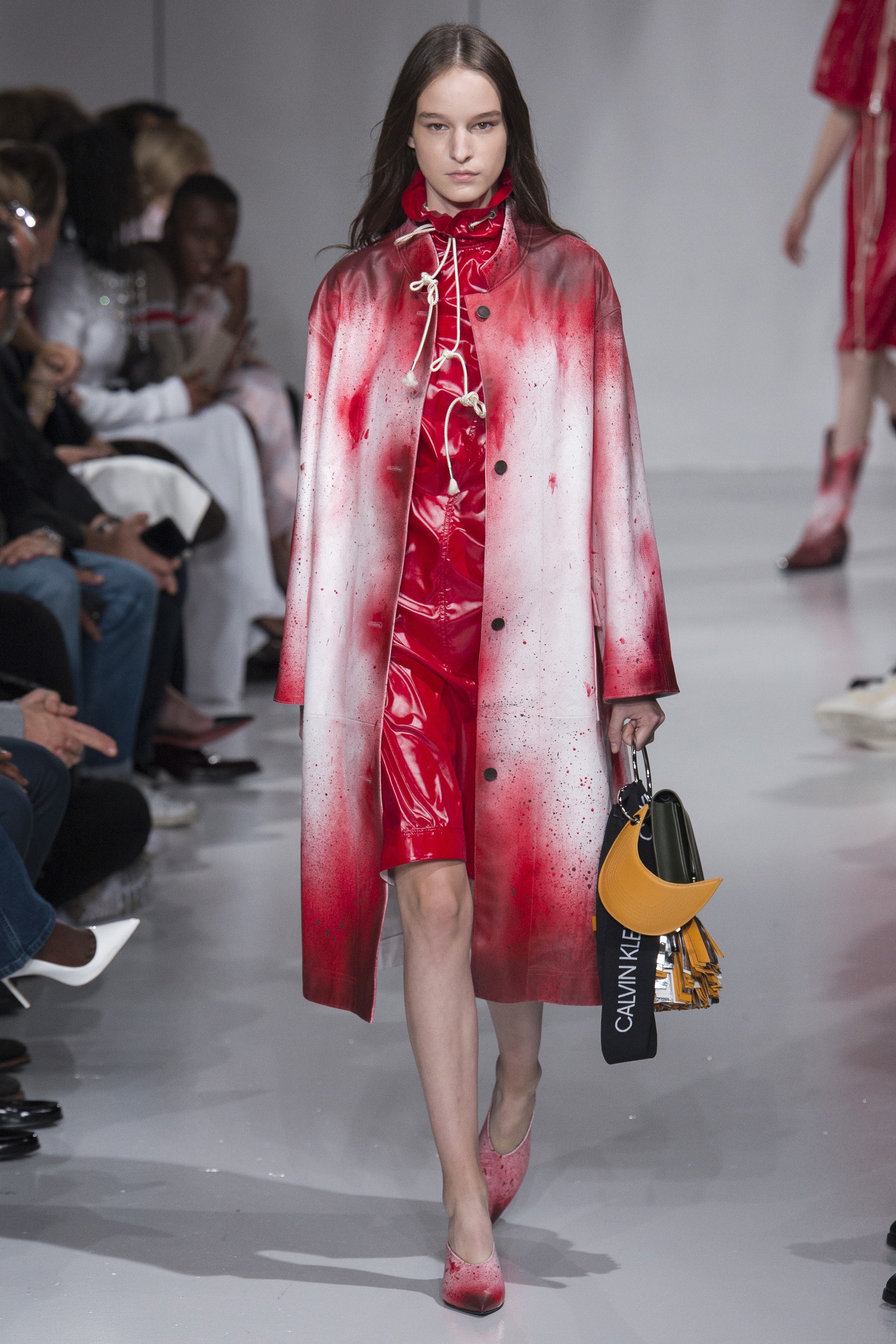
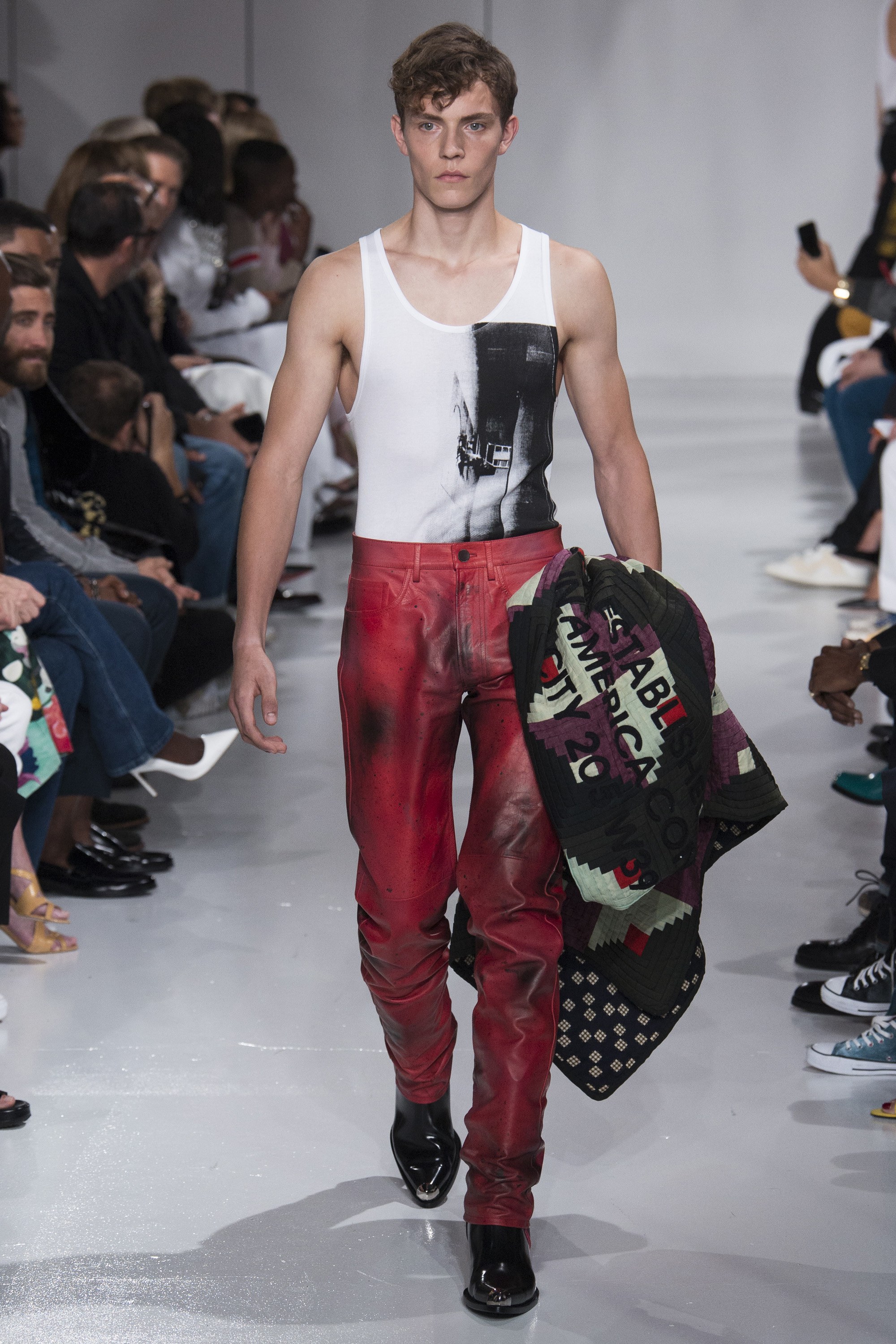
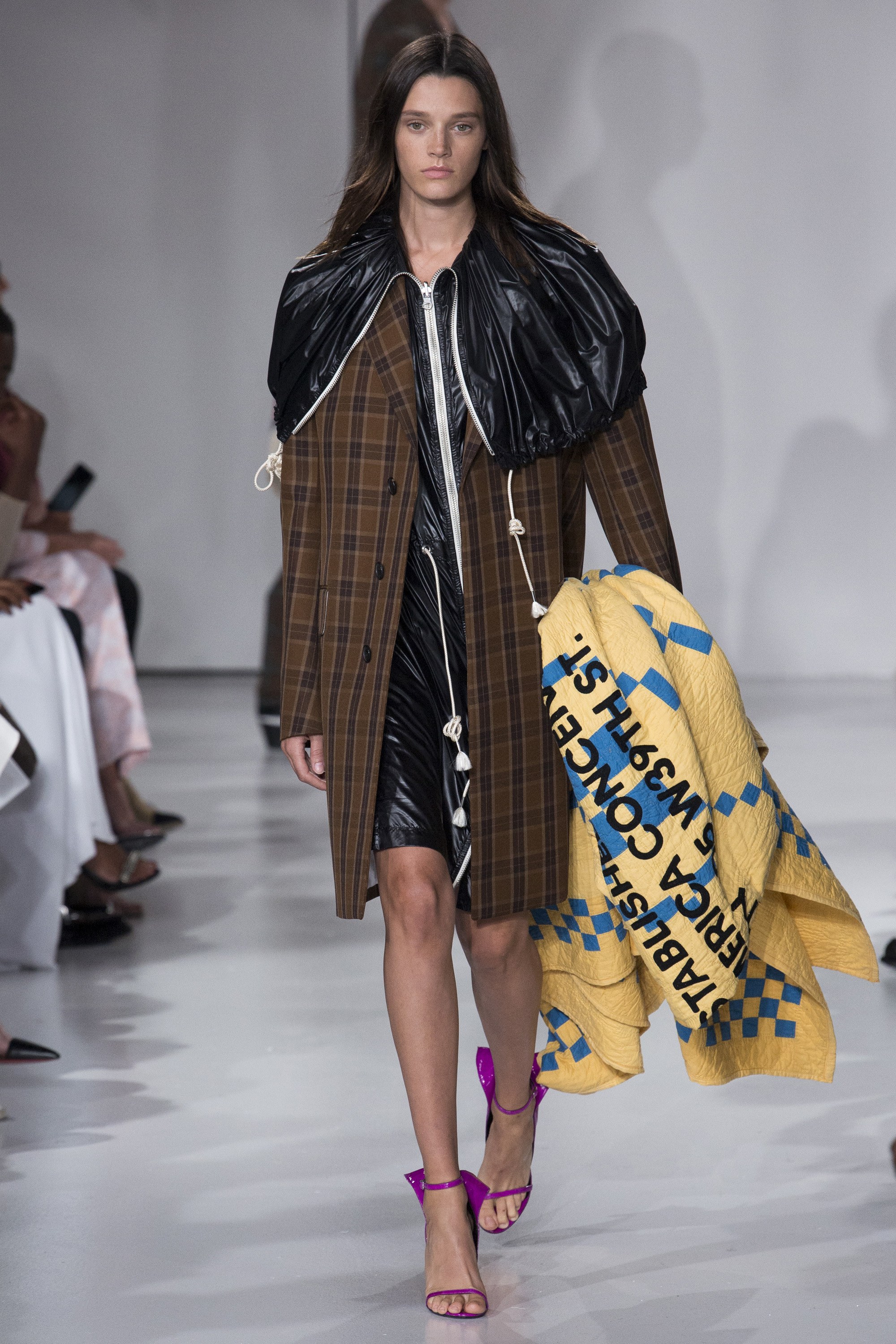

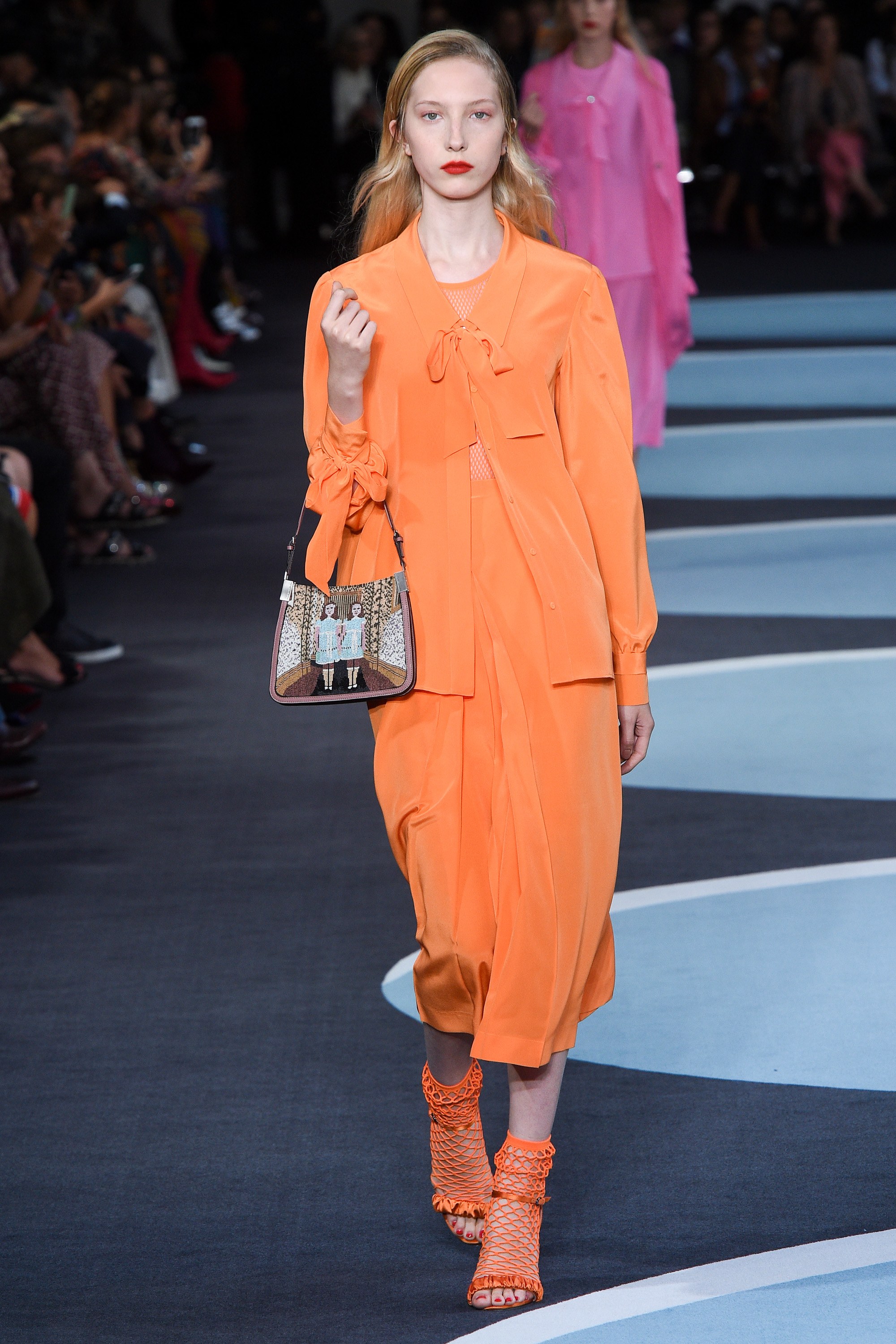

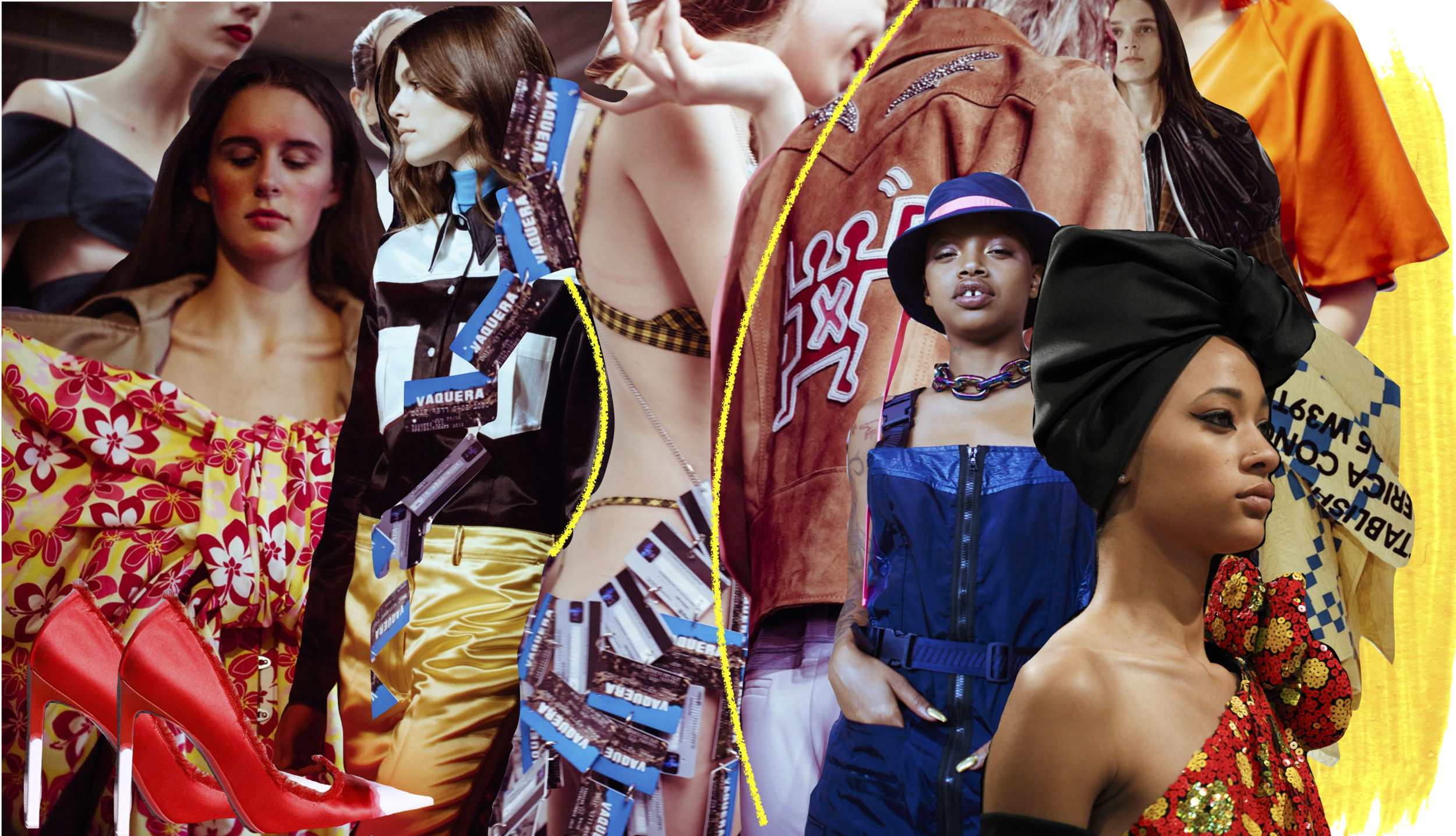
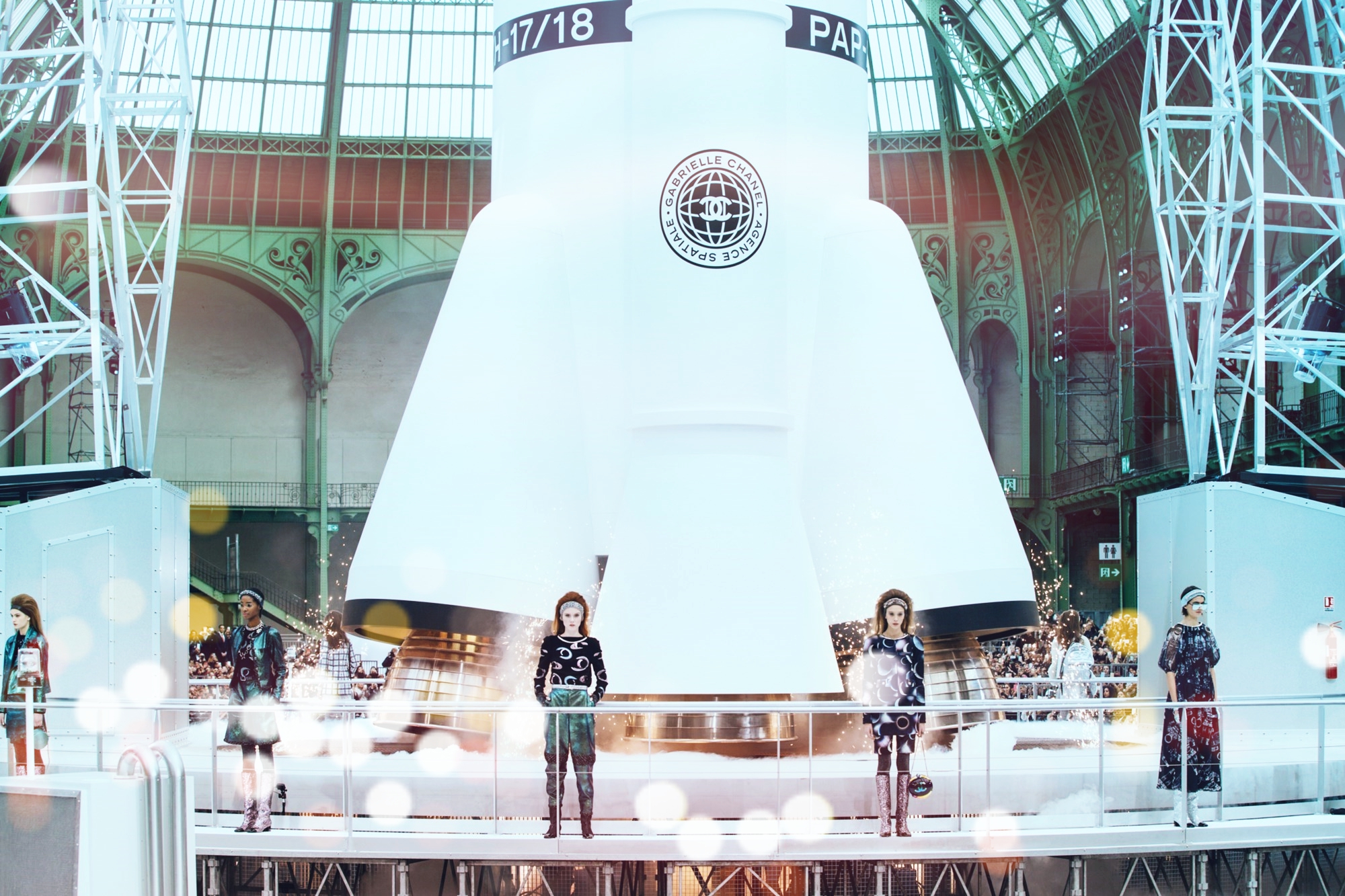
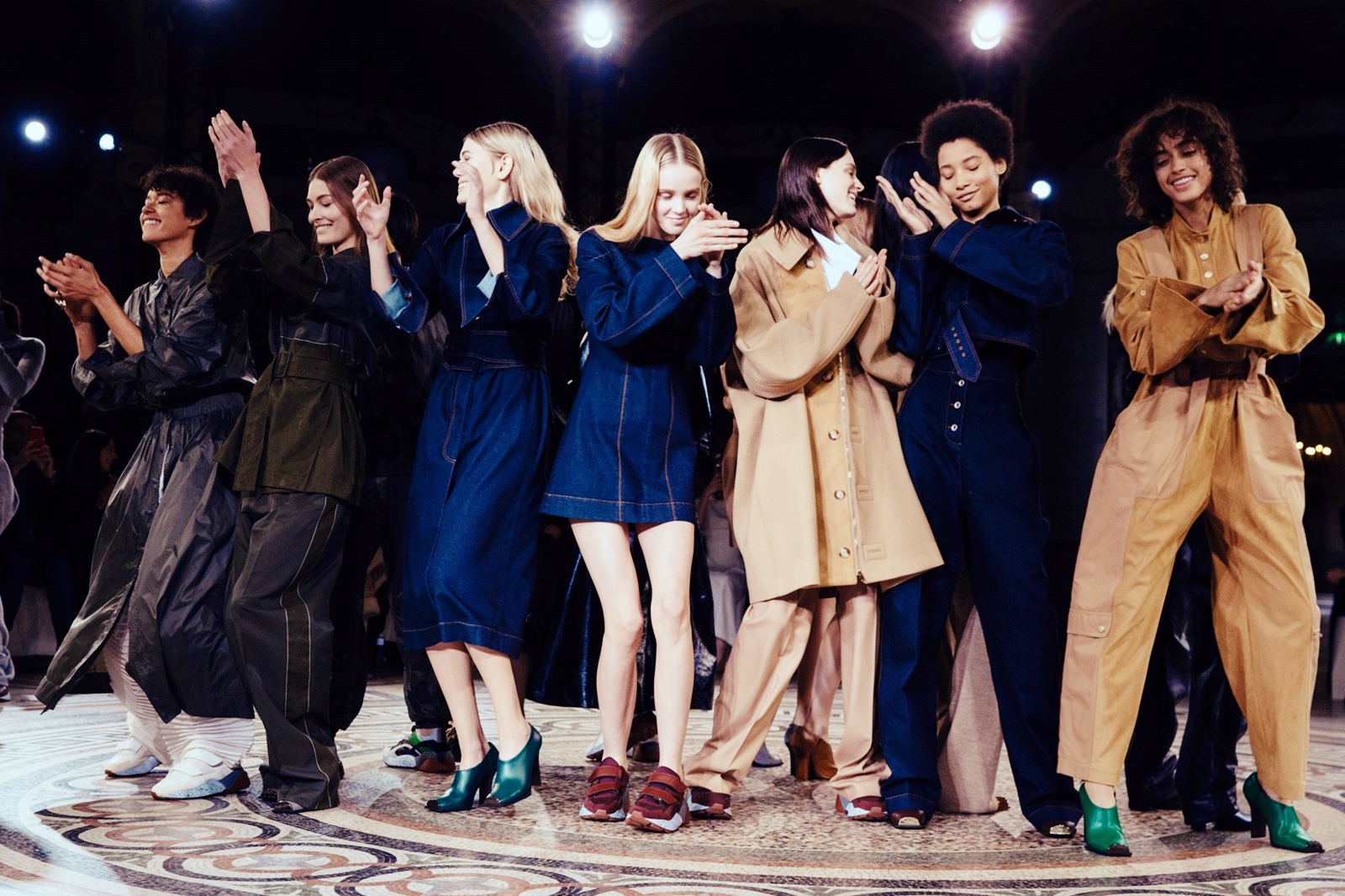
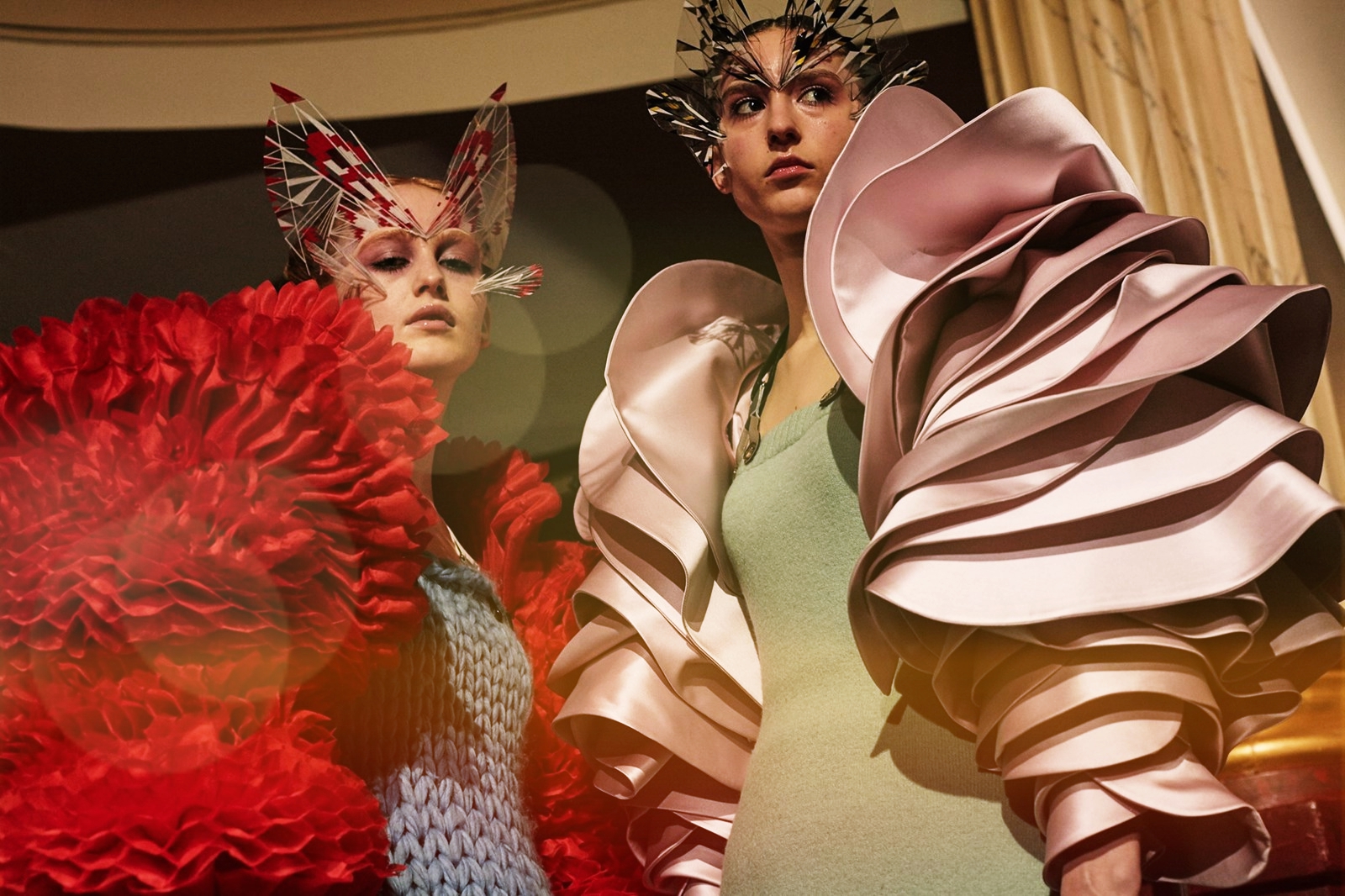
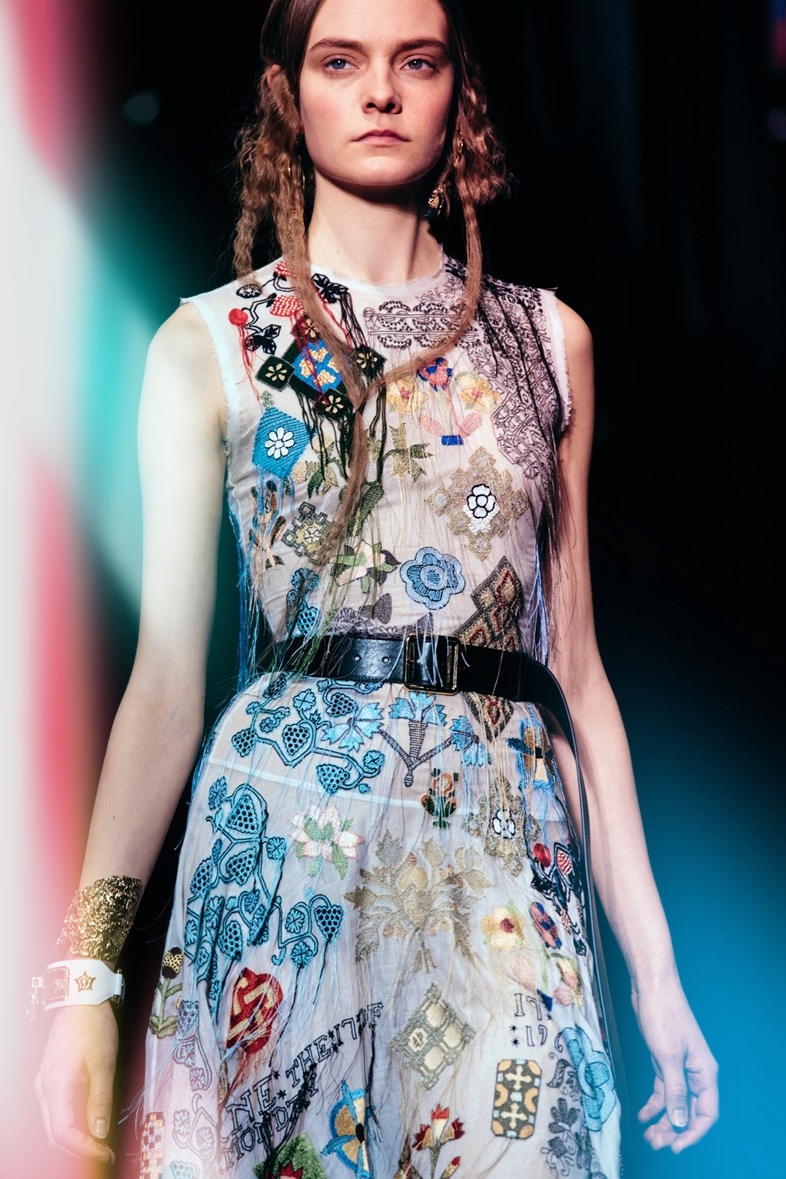
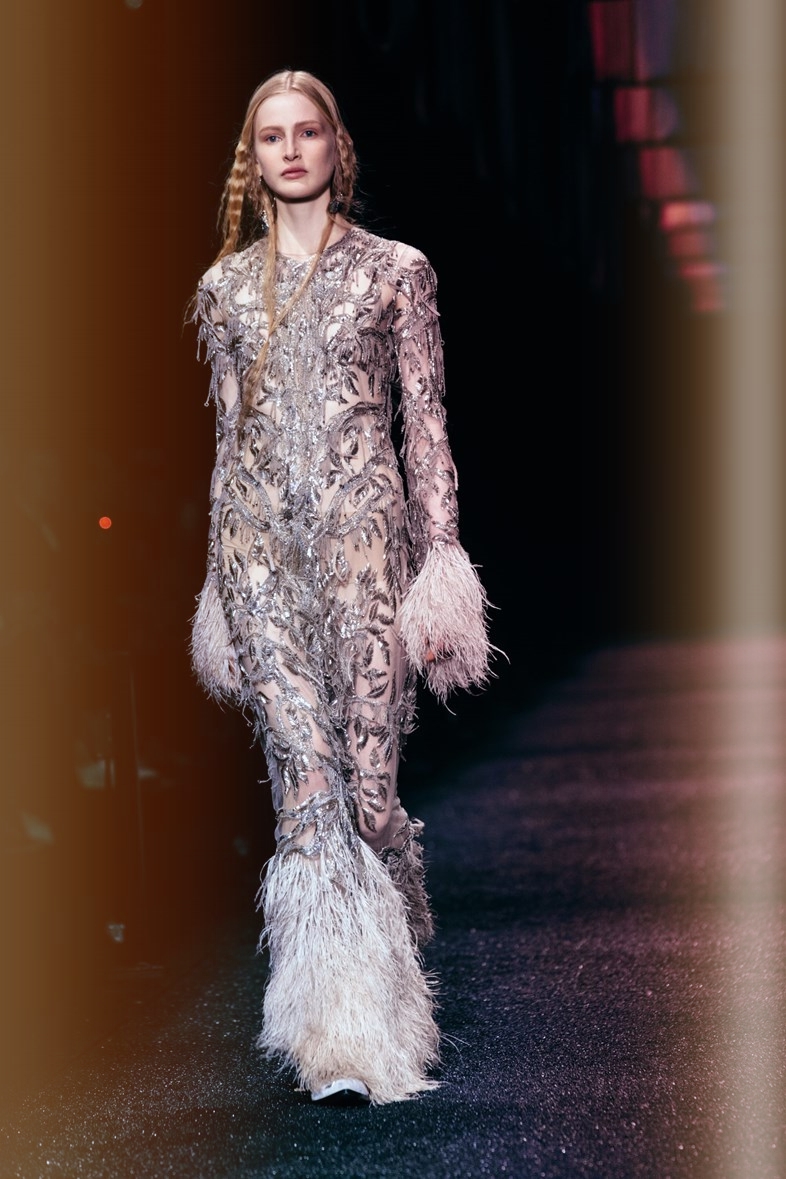
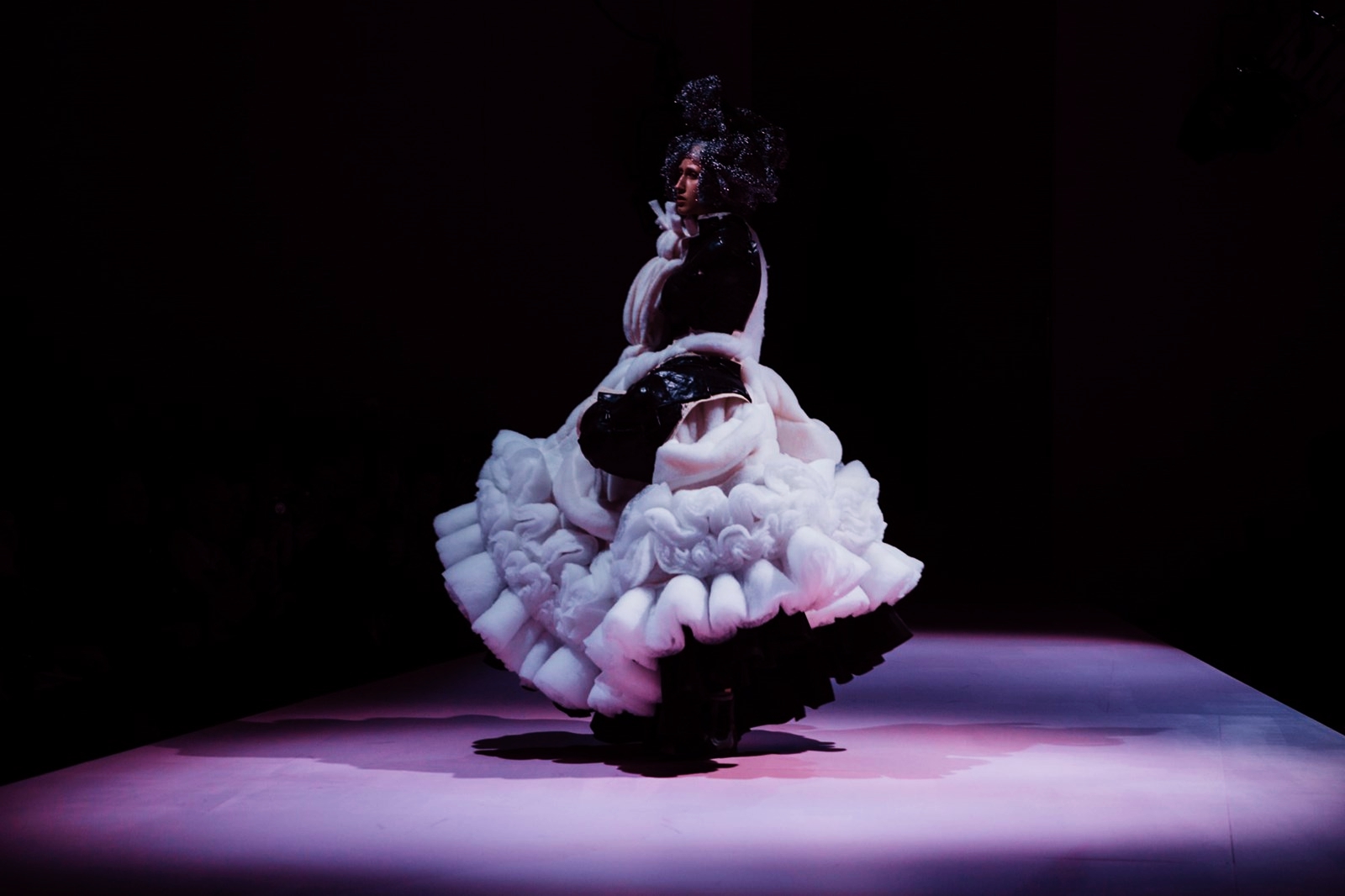
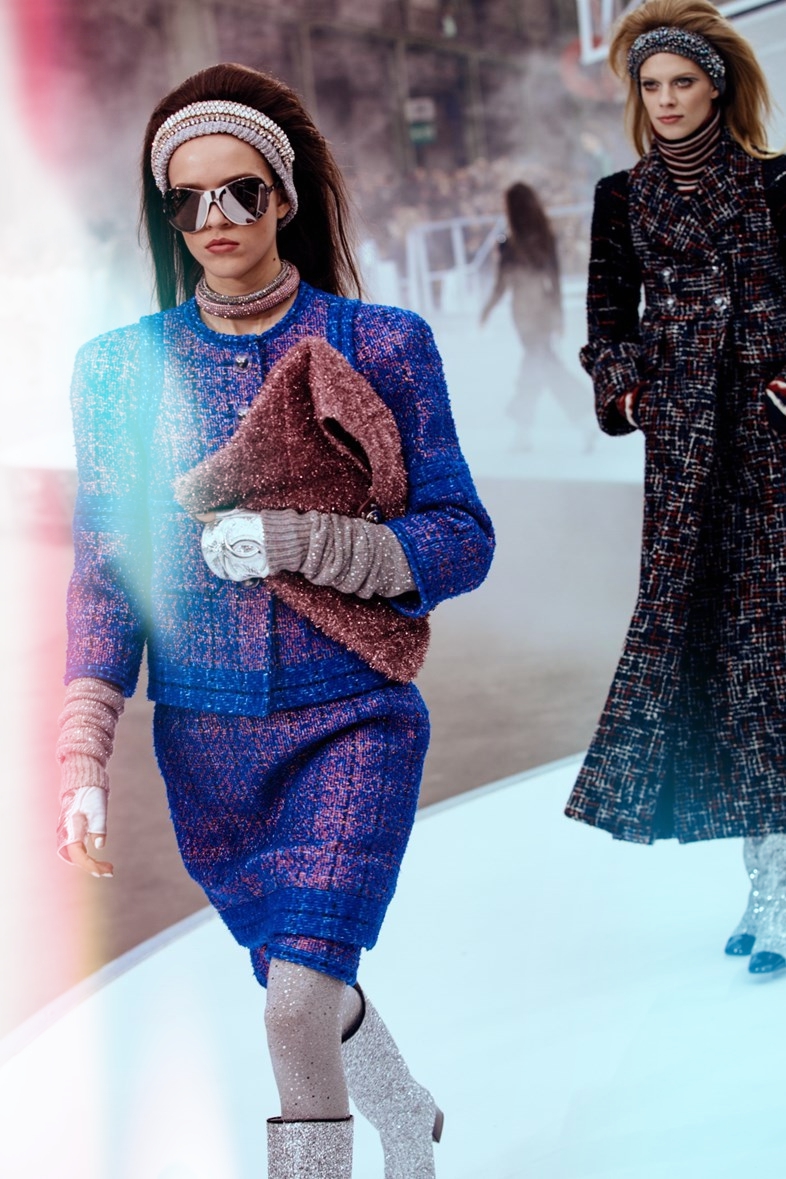
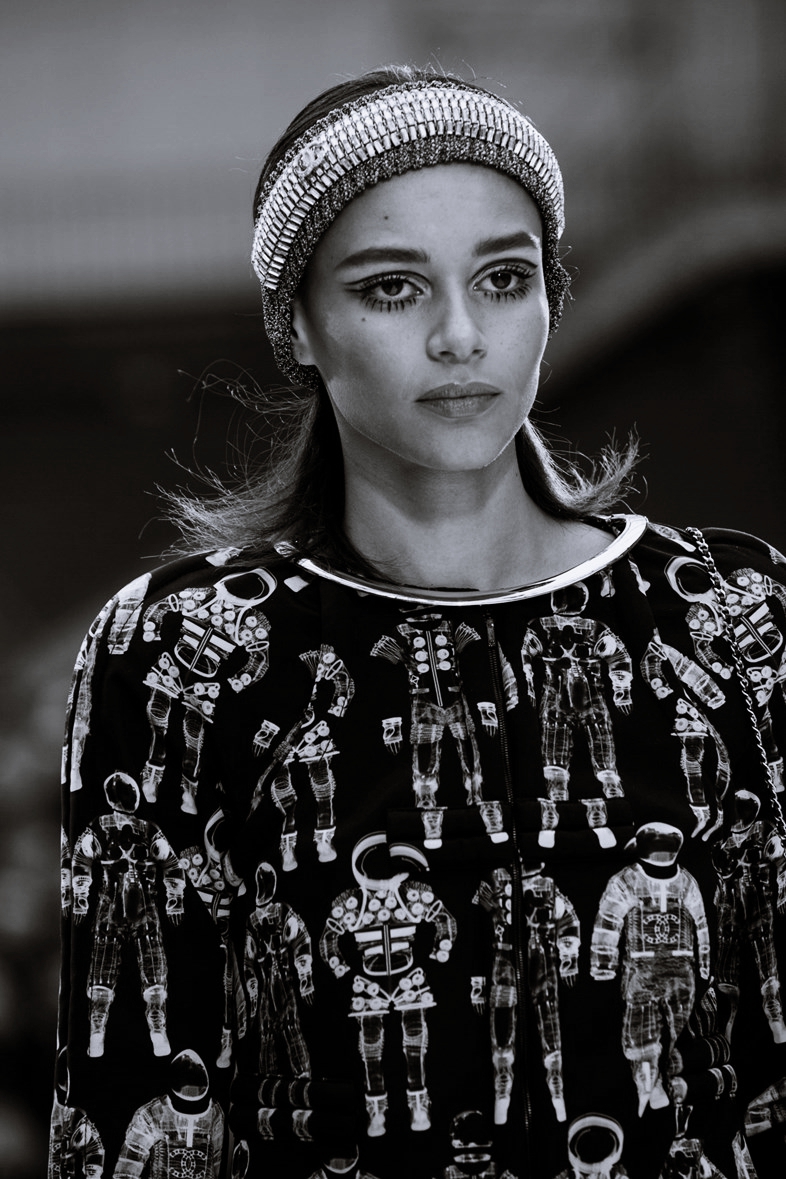
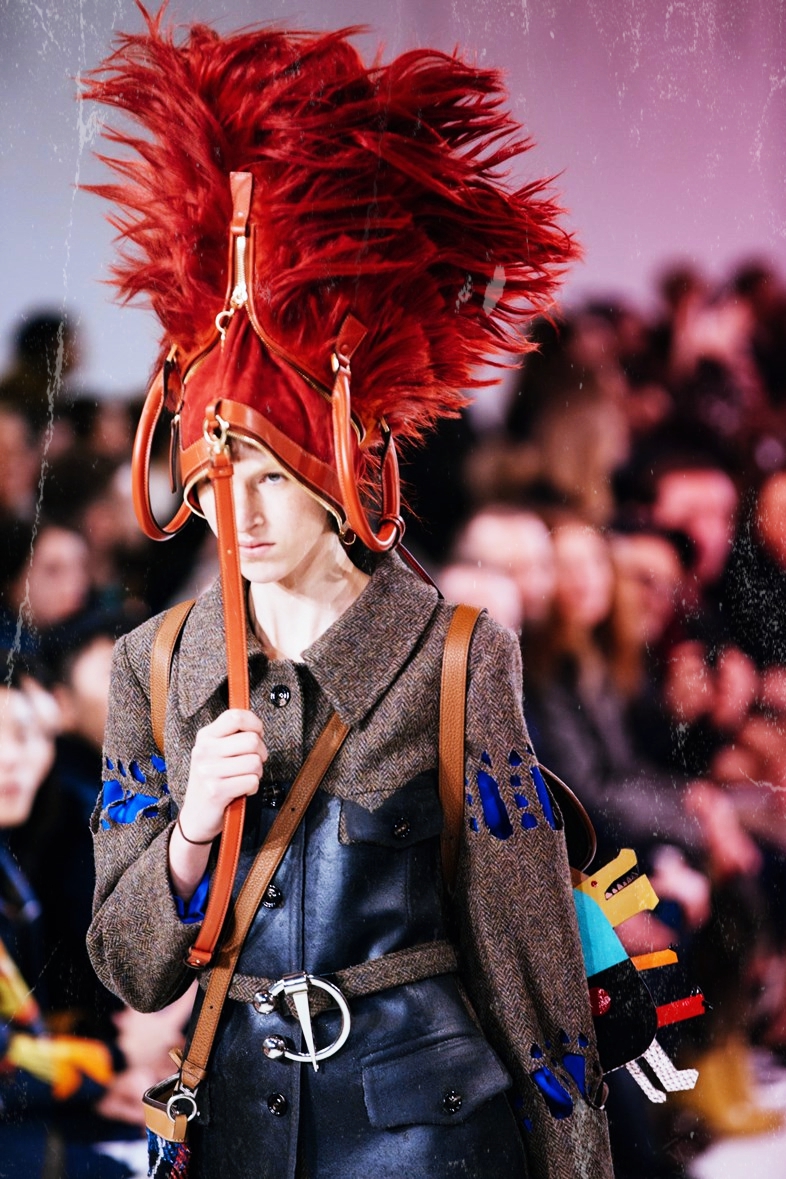
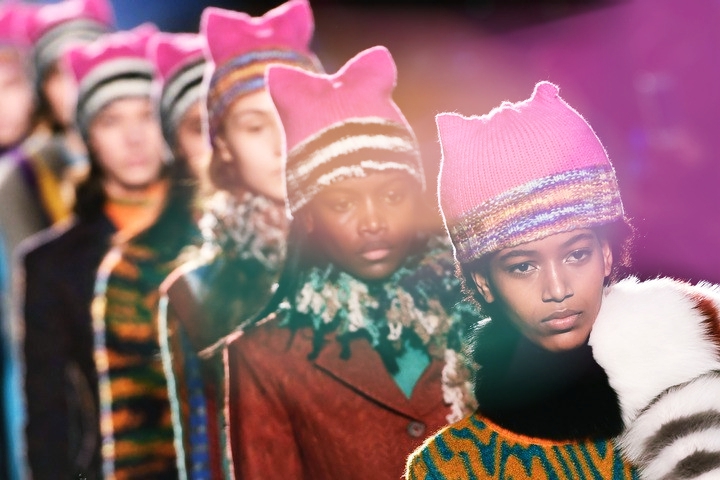
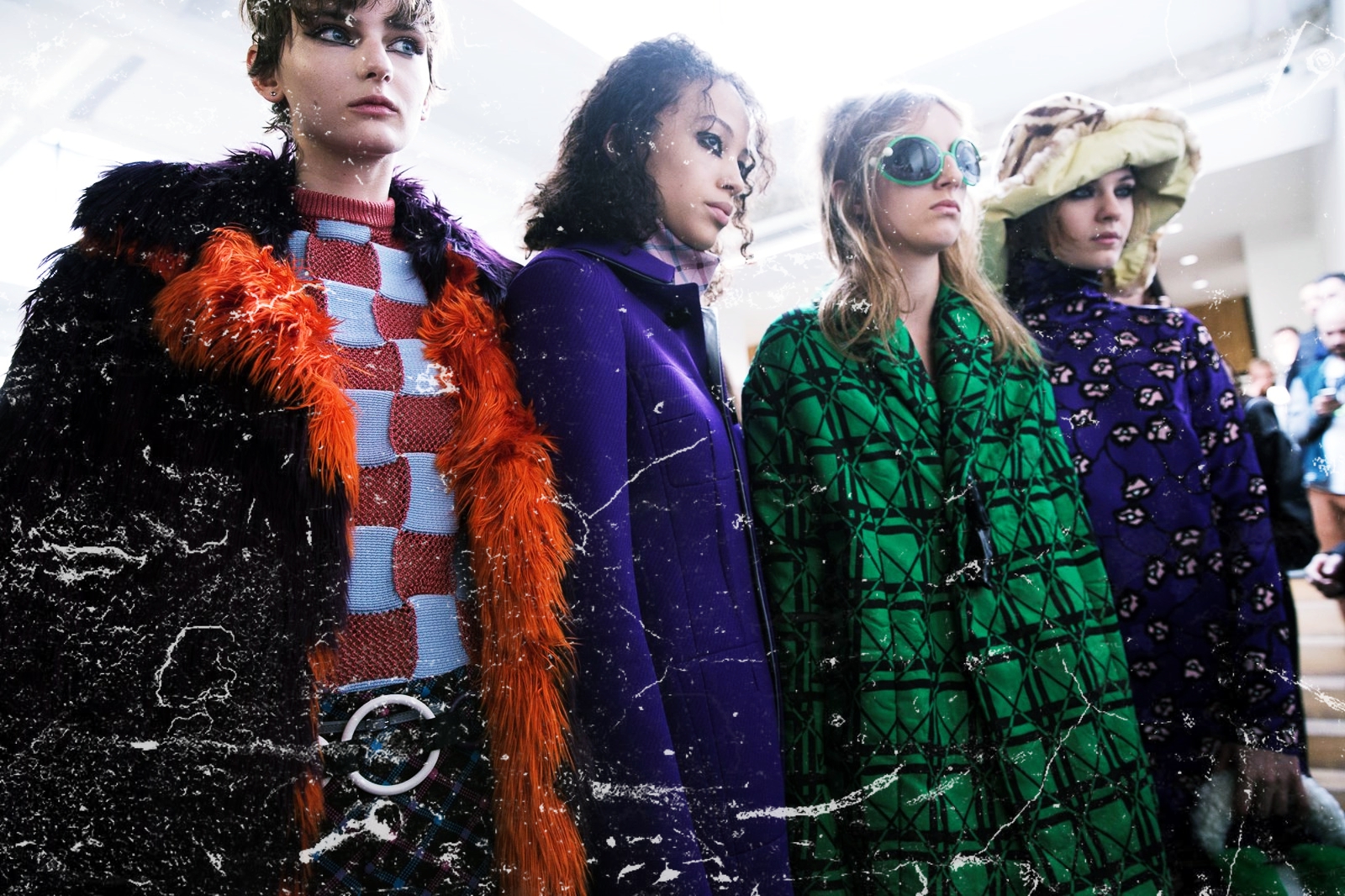
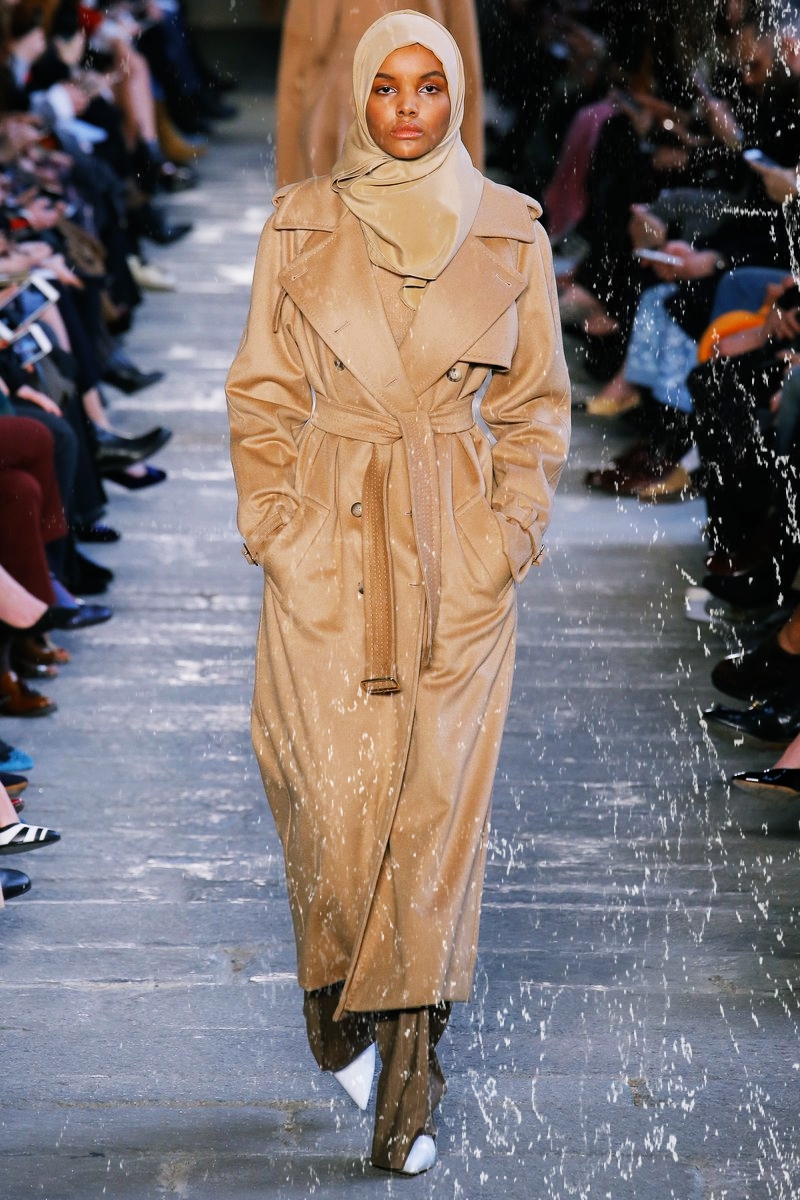
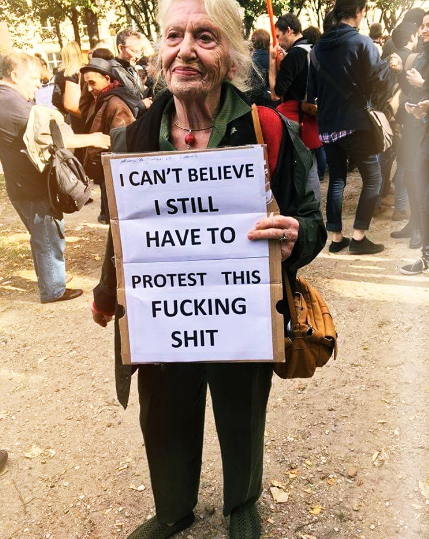
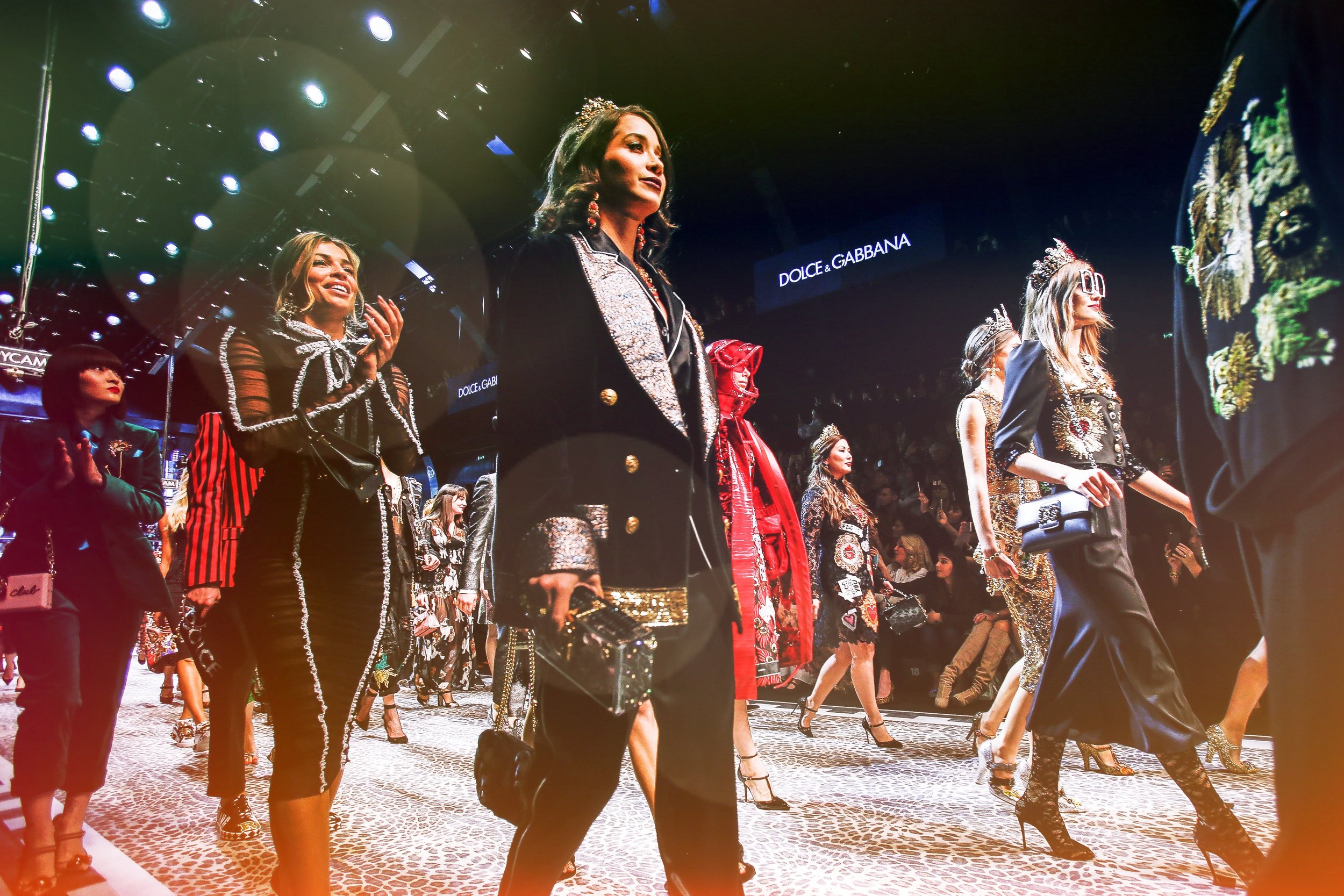
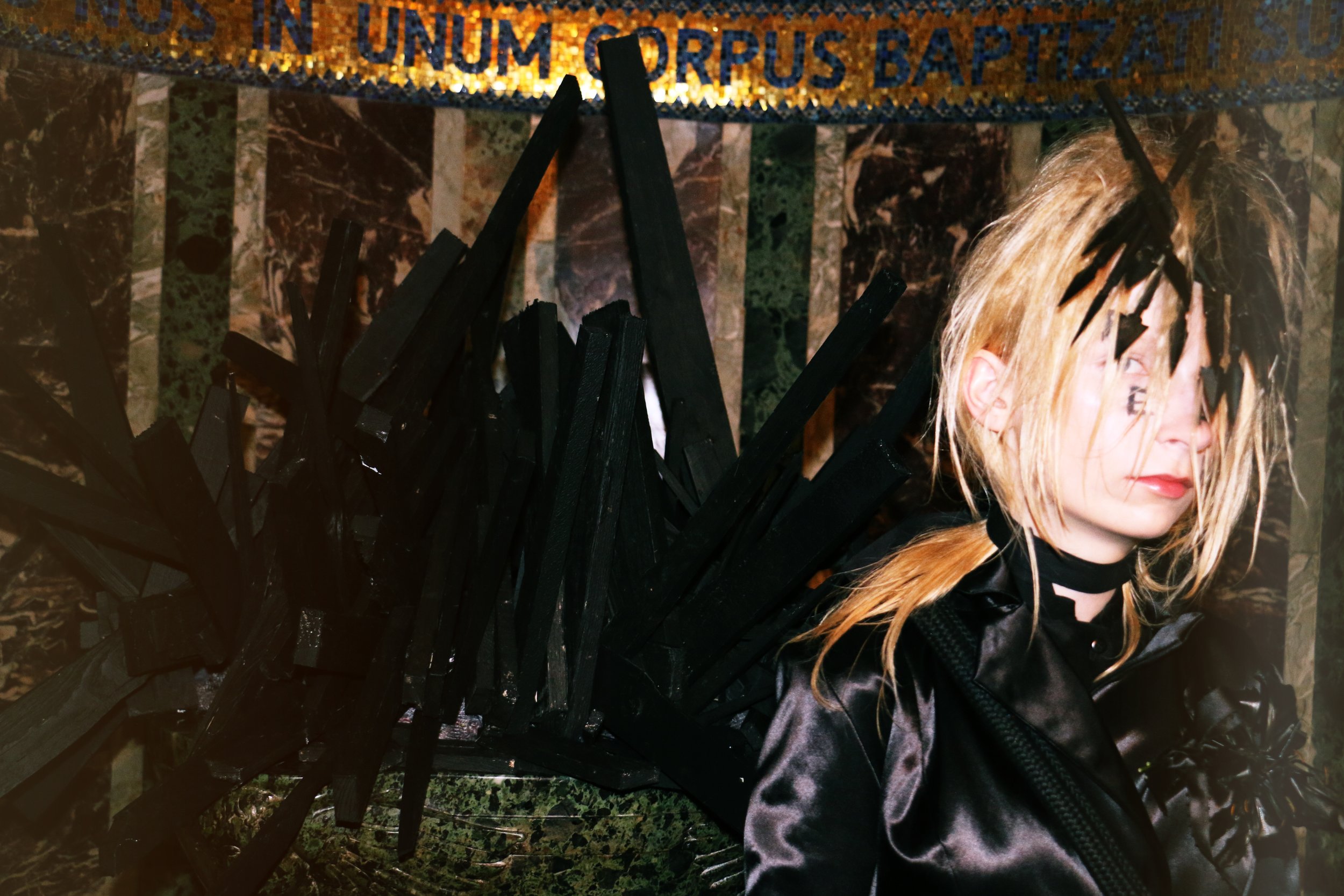

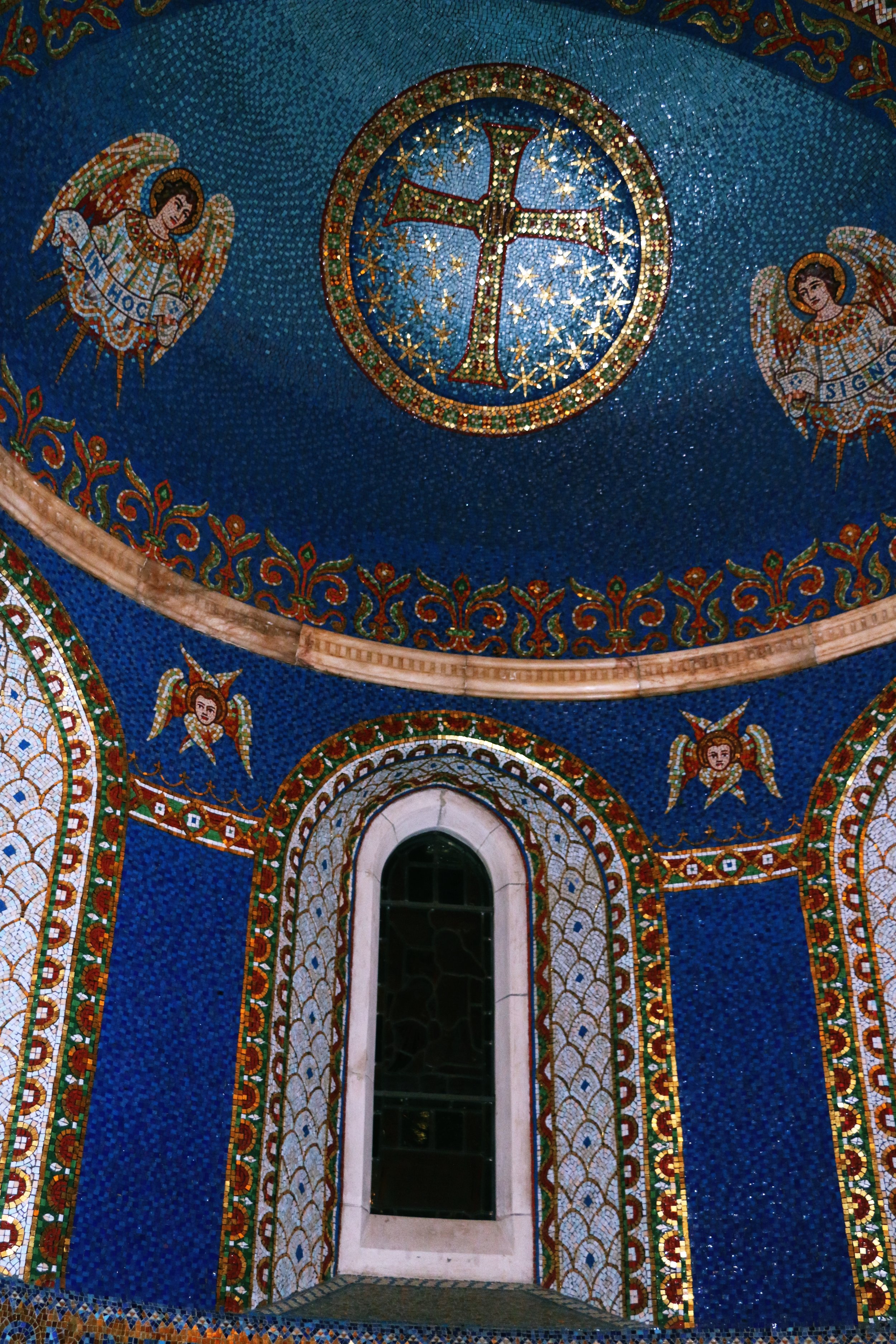
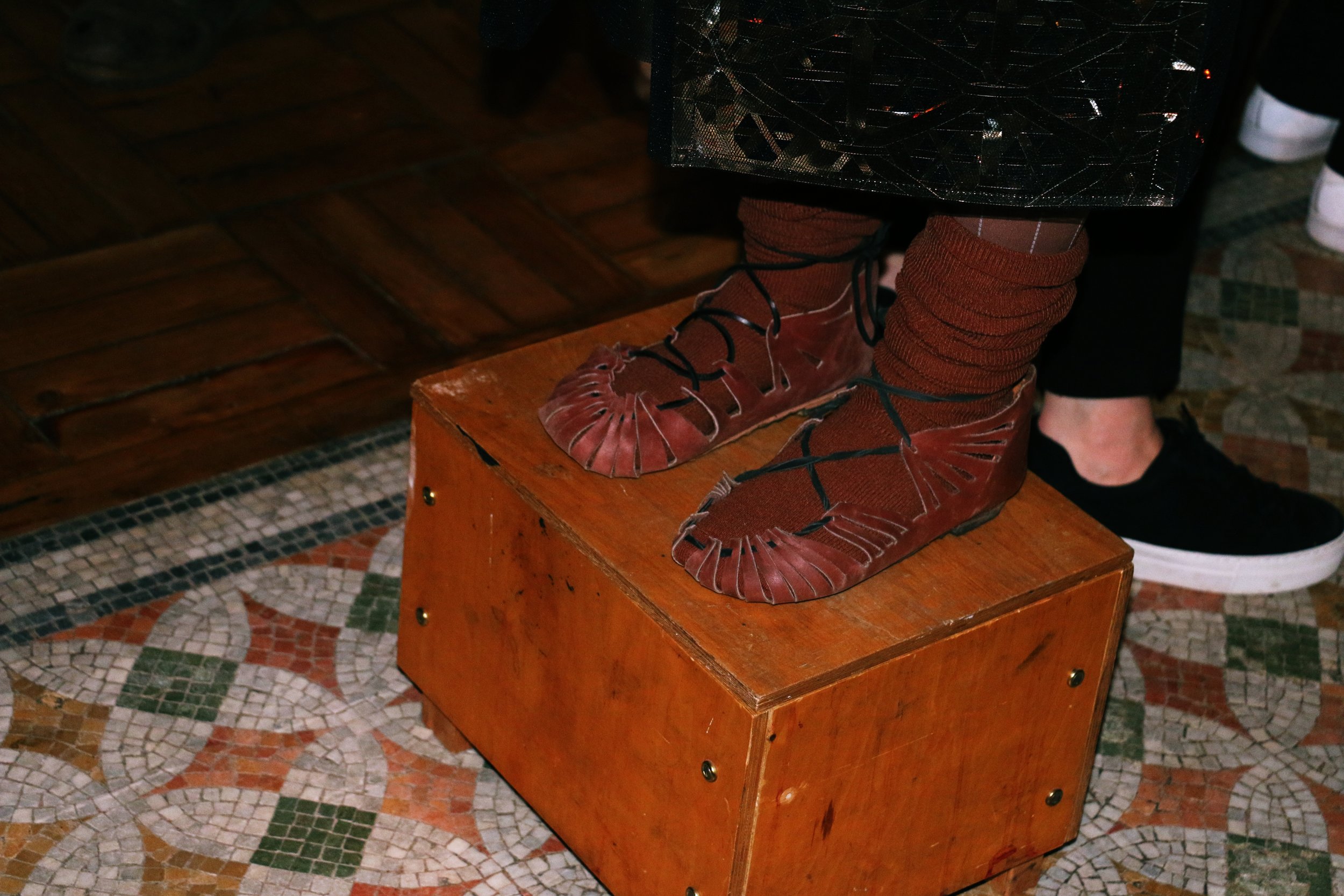
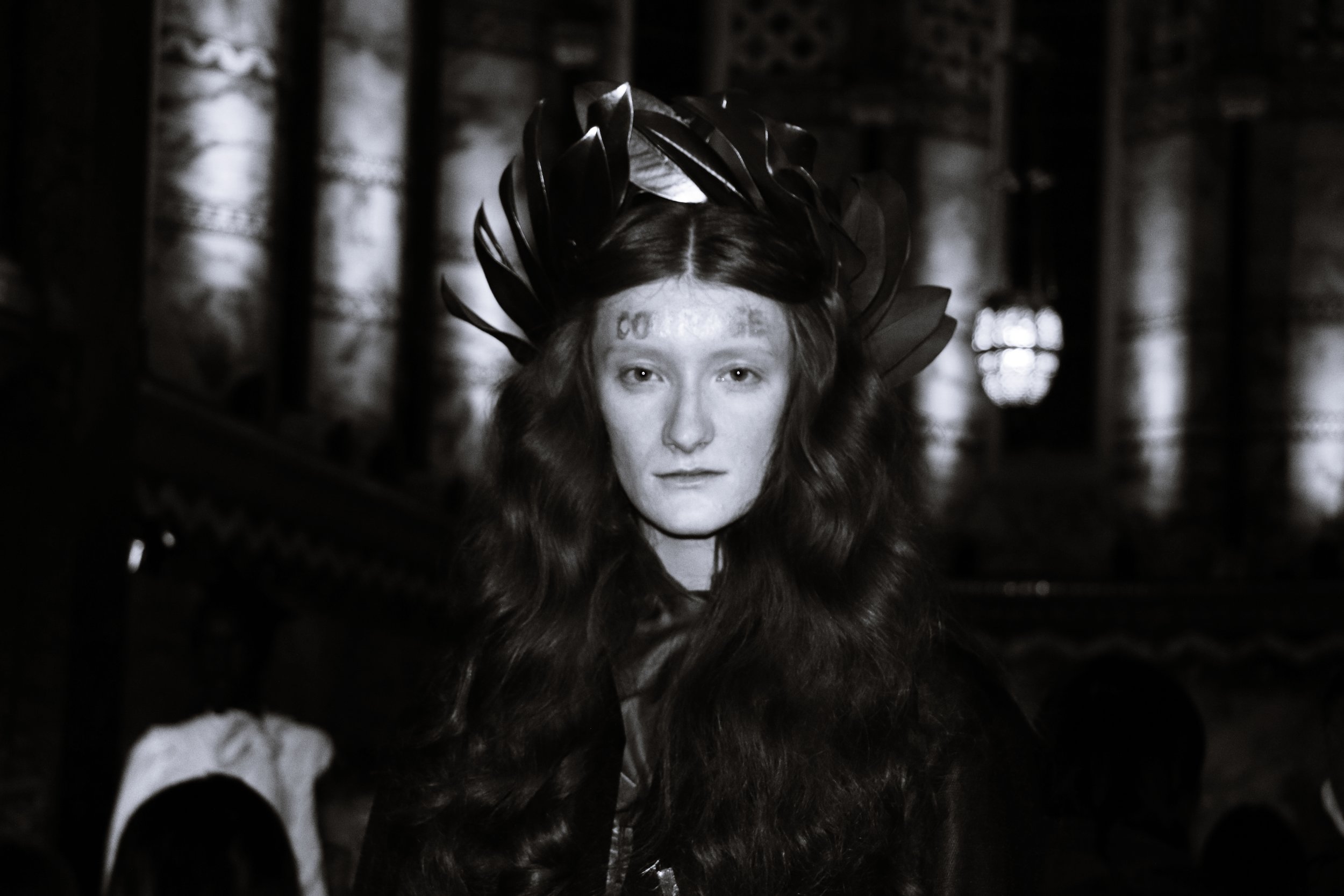
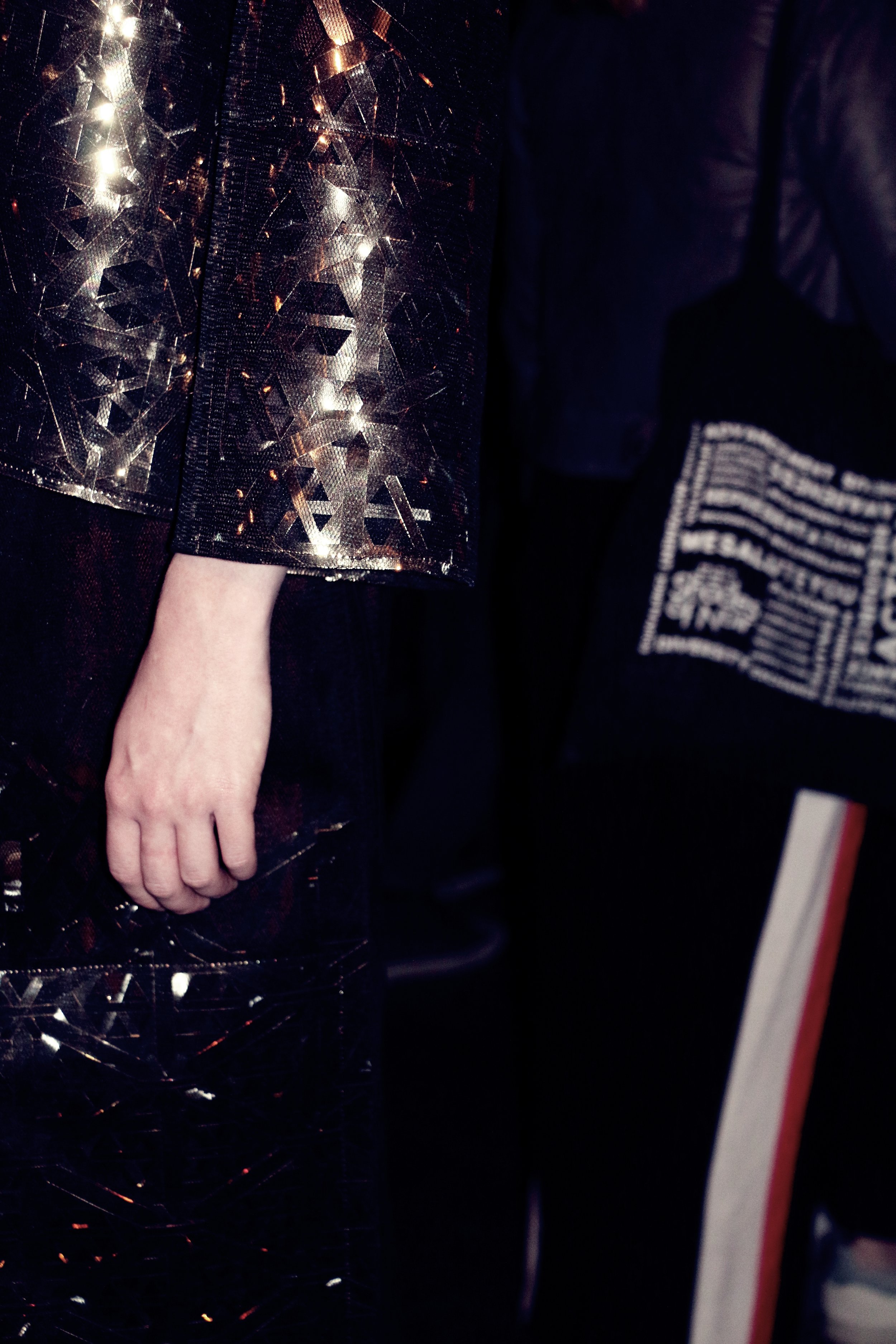
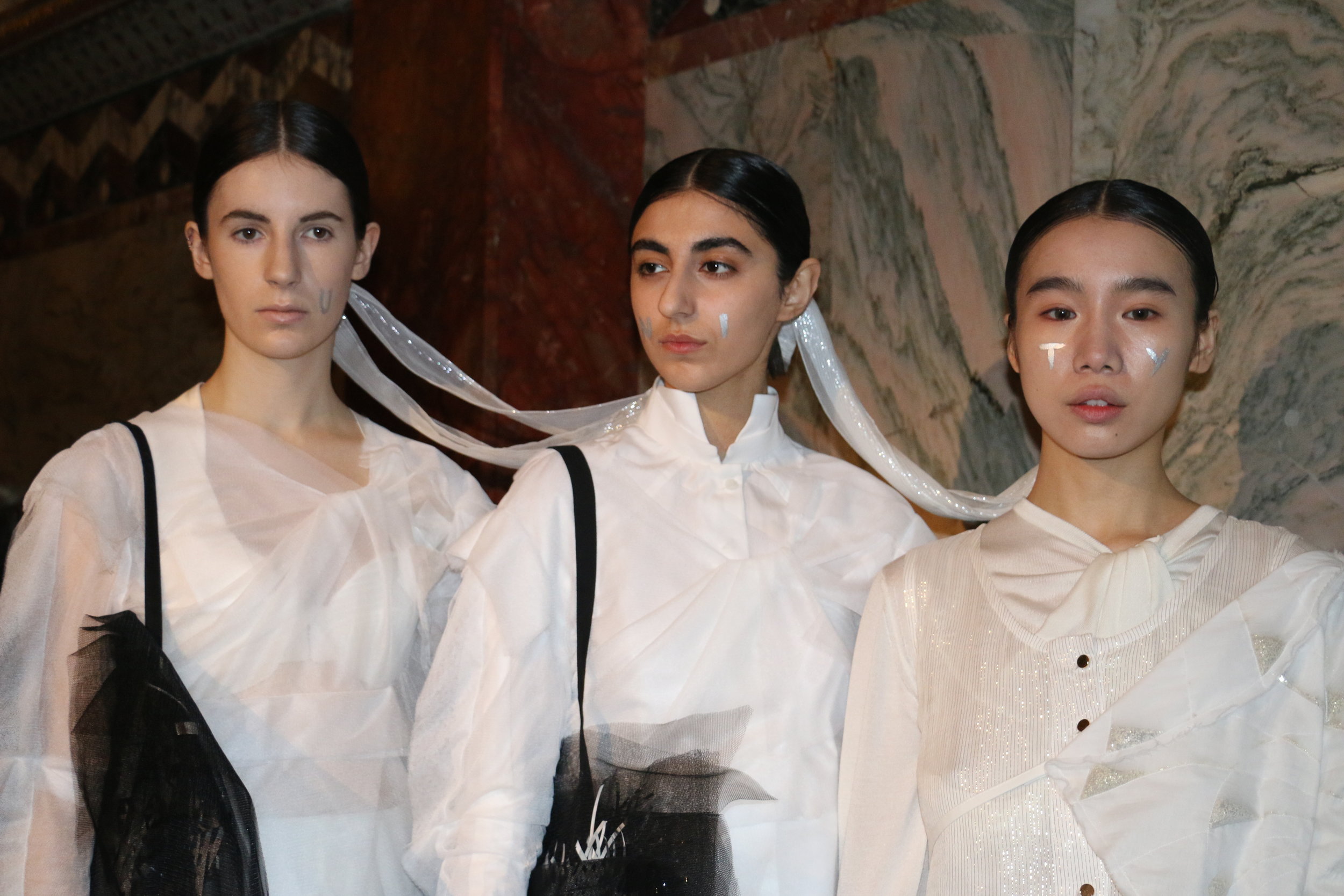
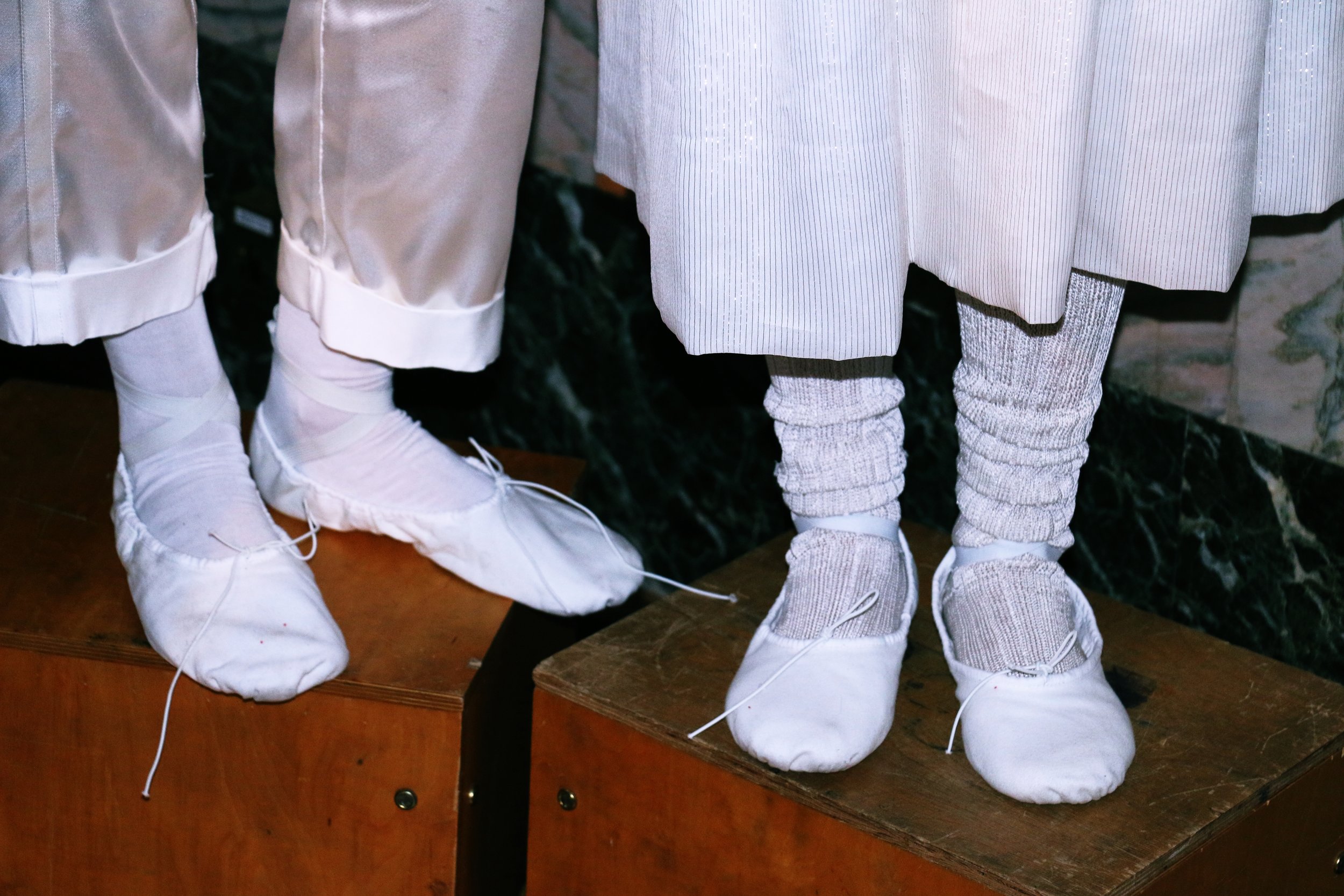
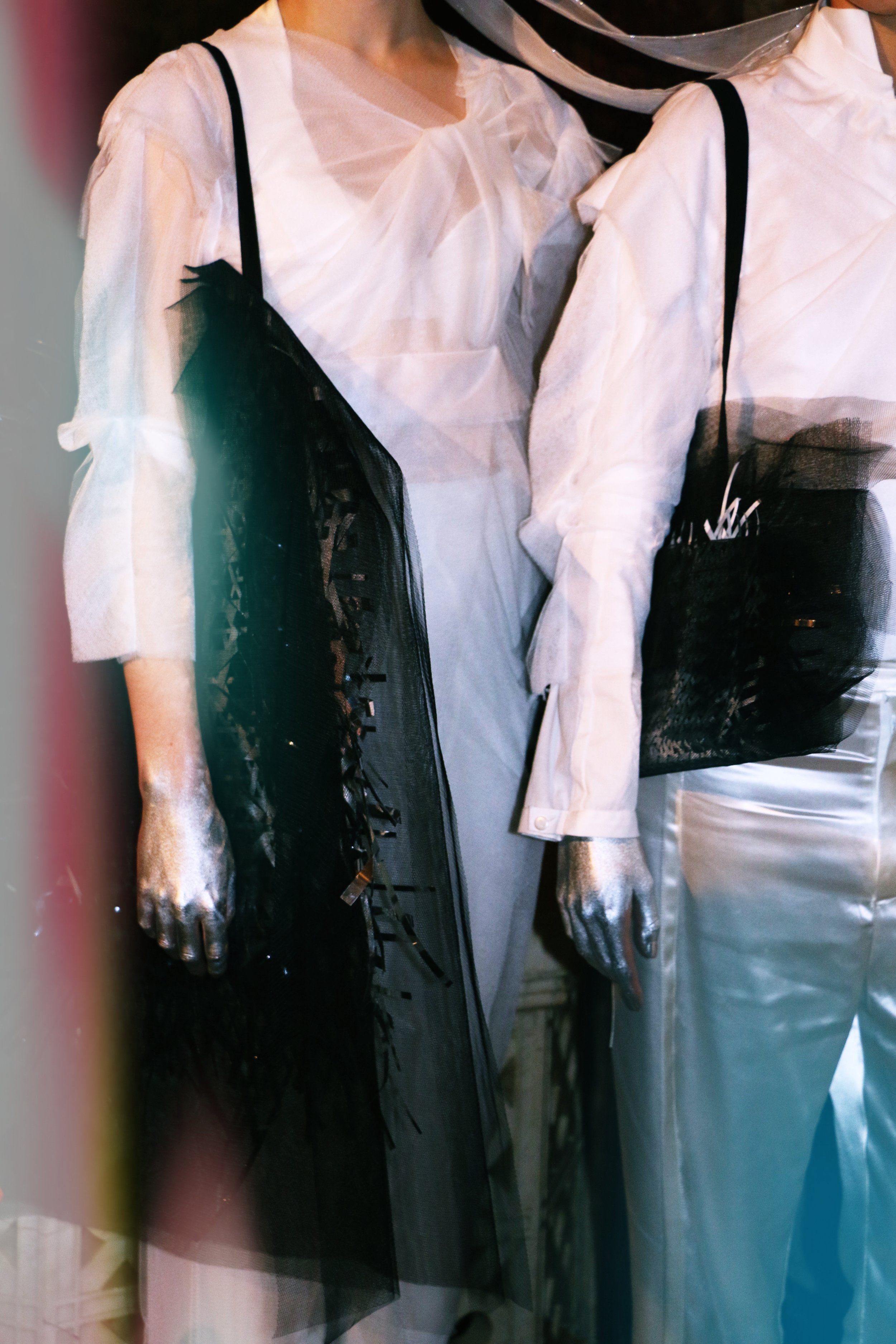
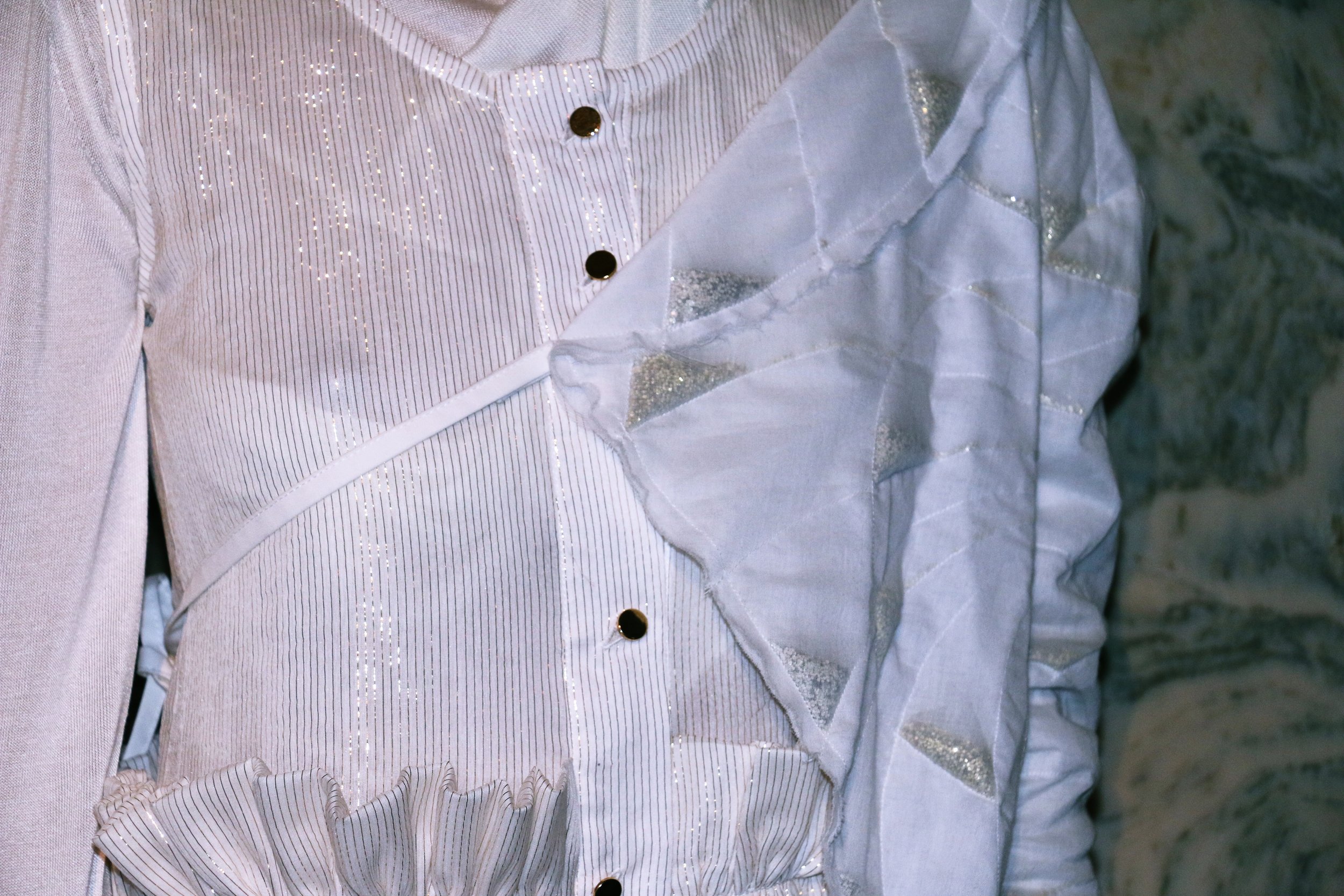
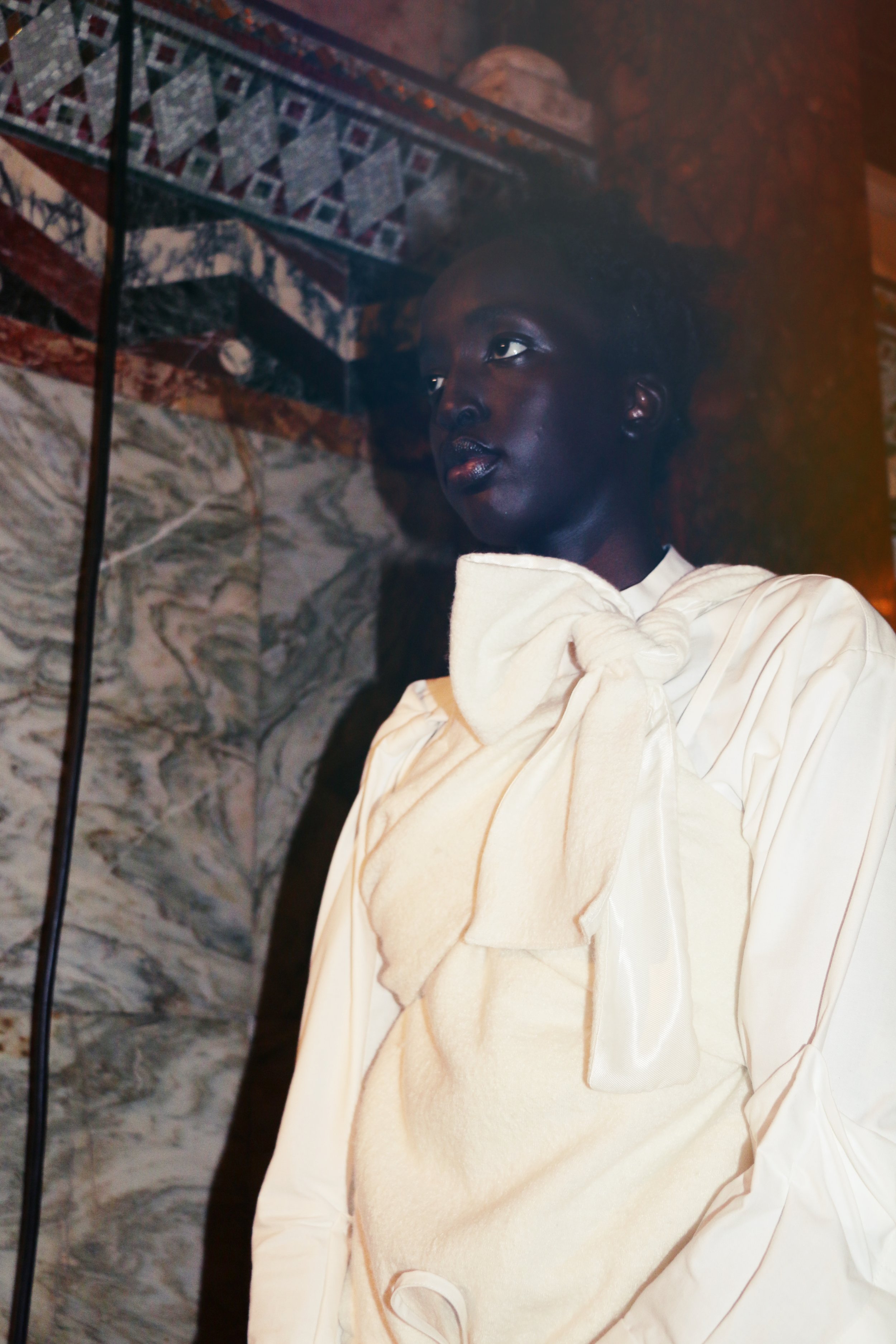

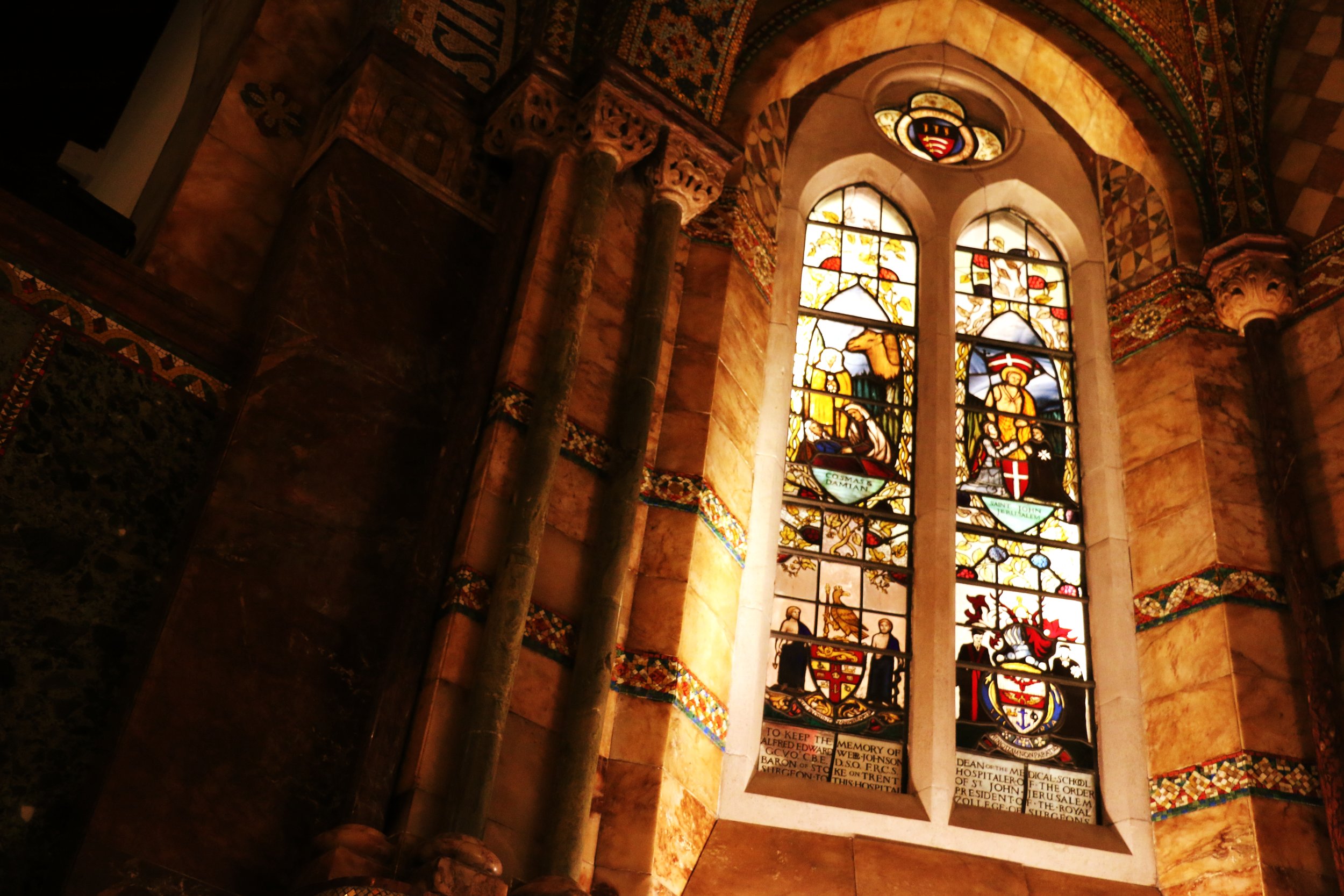
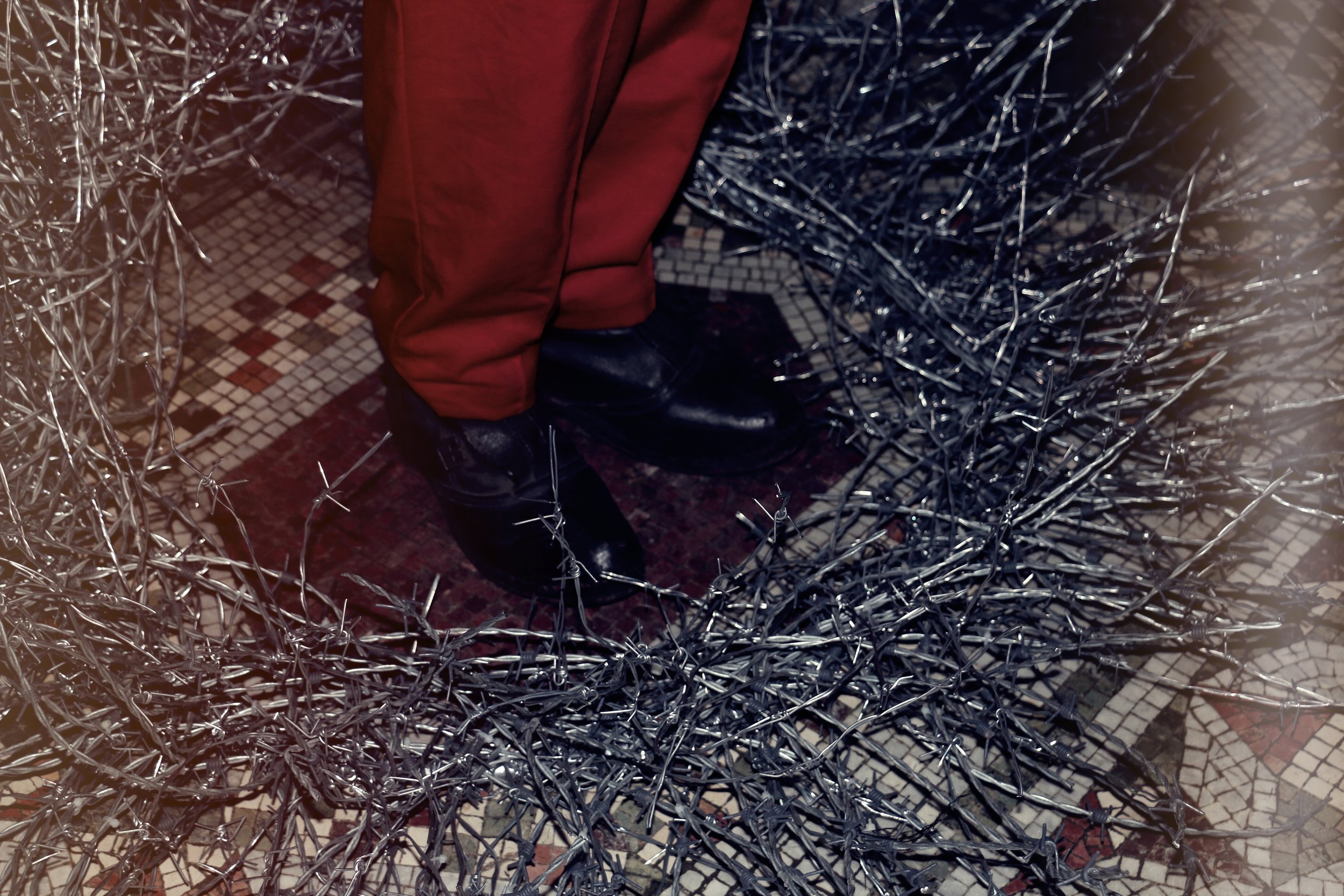
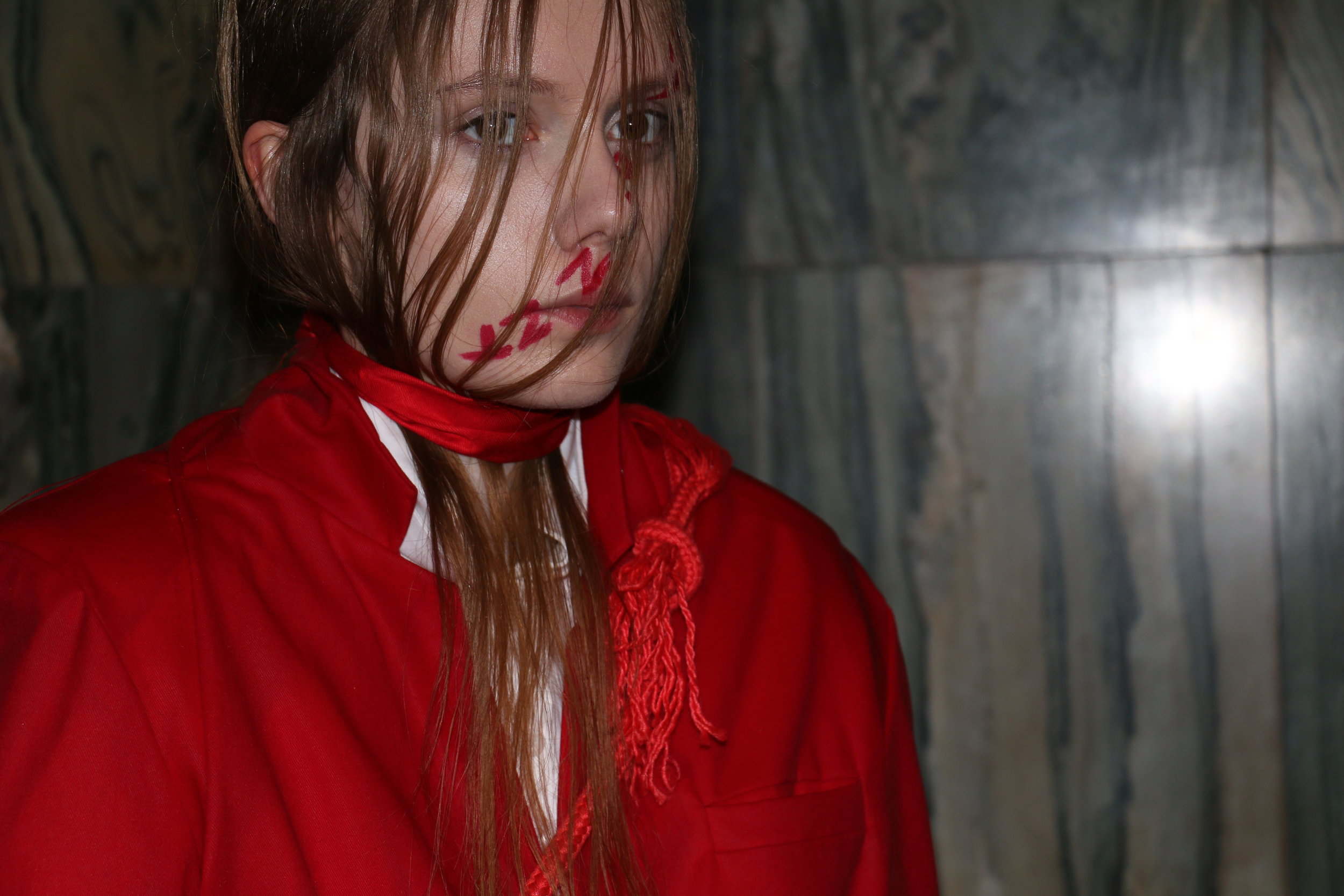
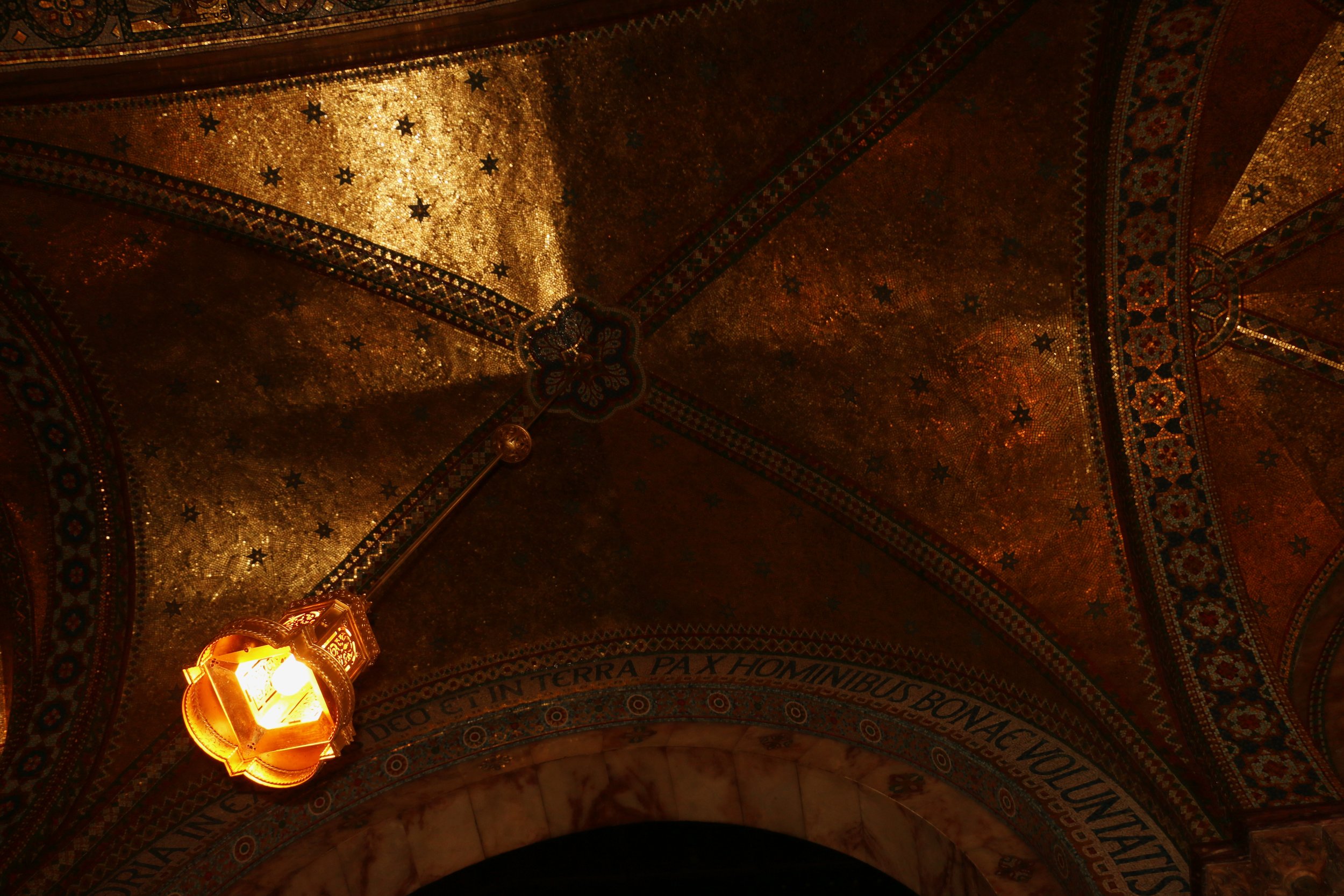
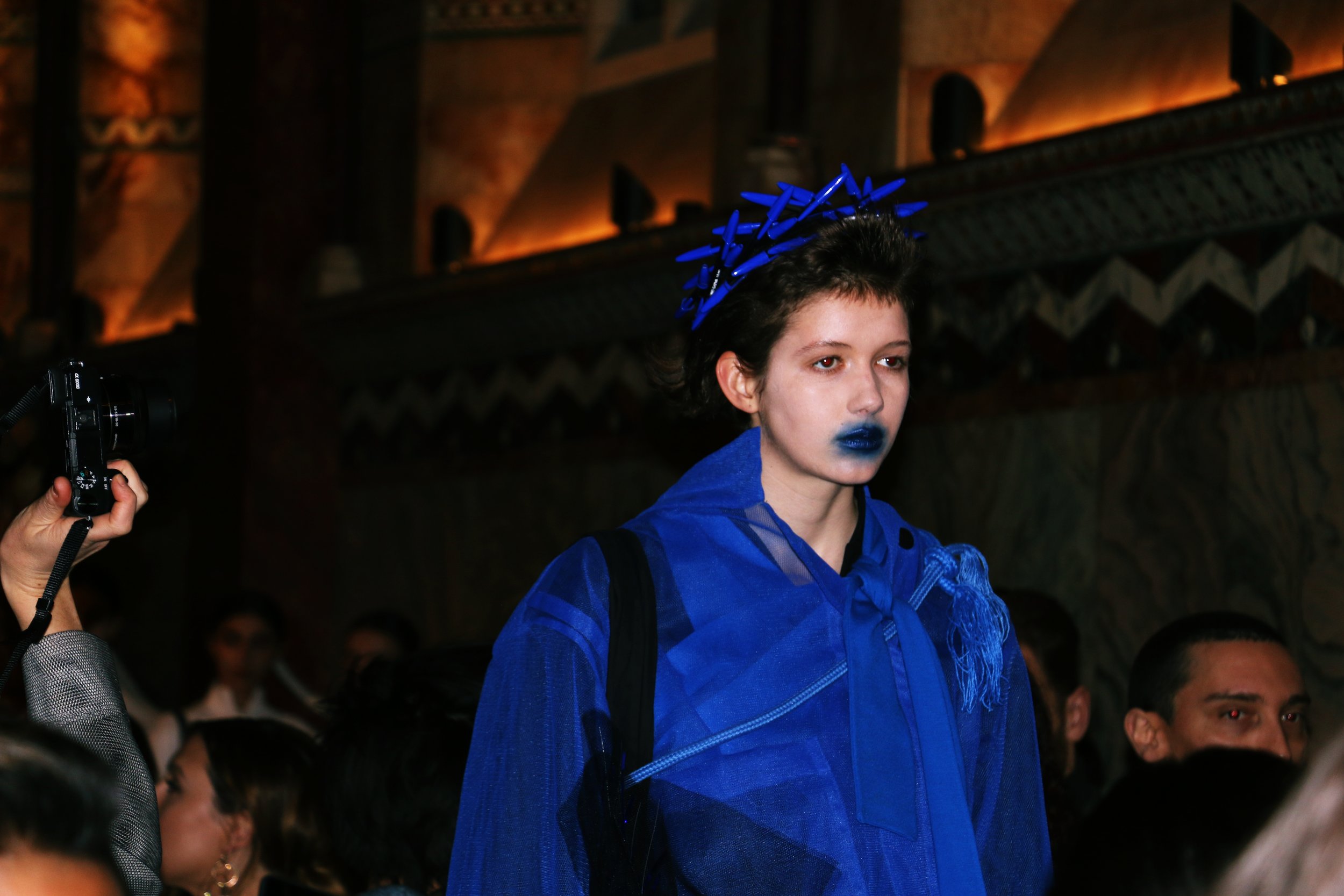
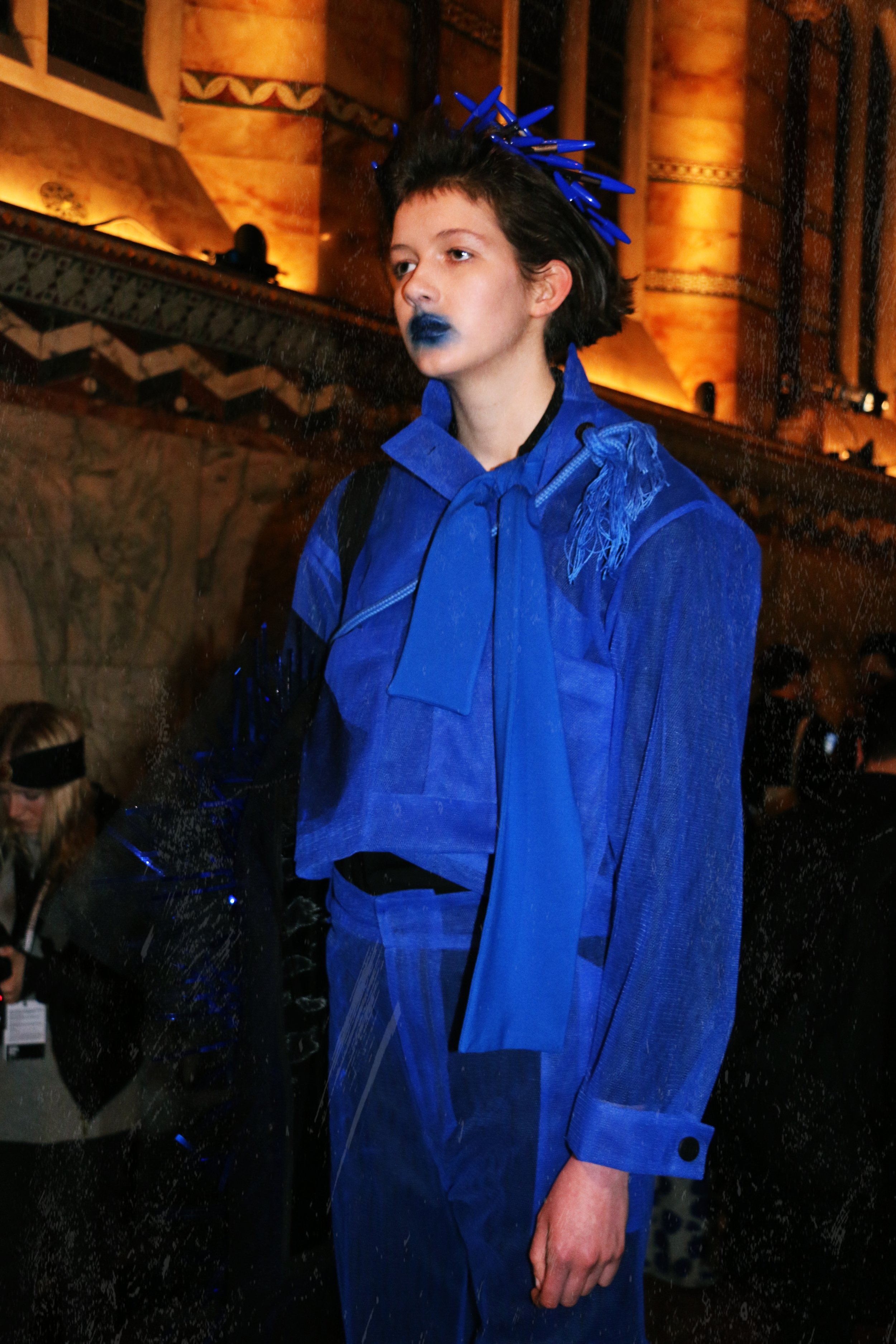

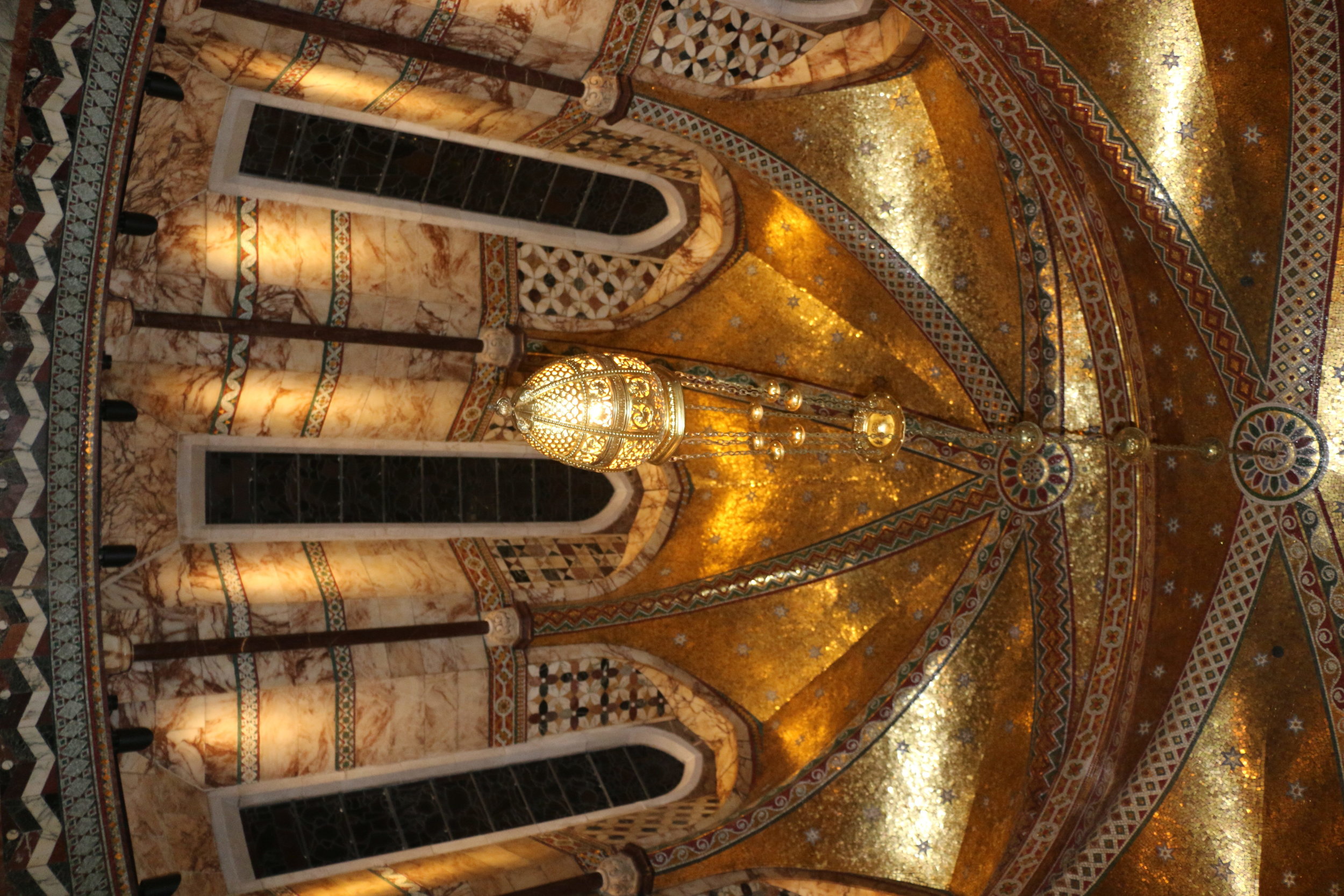 *All photos by Nina Van Volkinburg, please reference credit
*All photos by Nina Van Volkinburg, please reference credit


